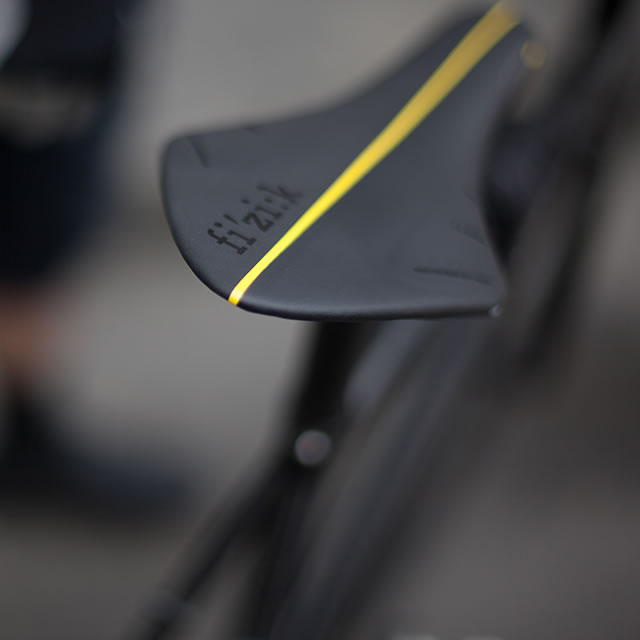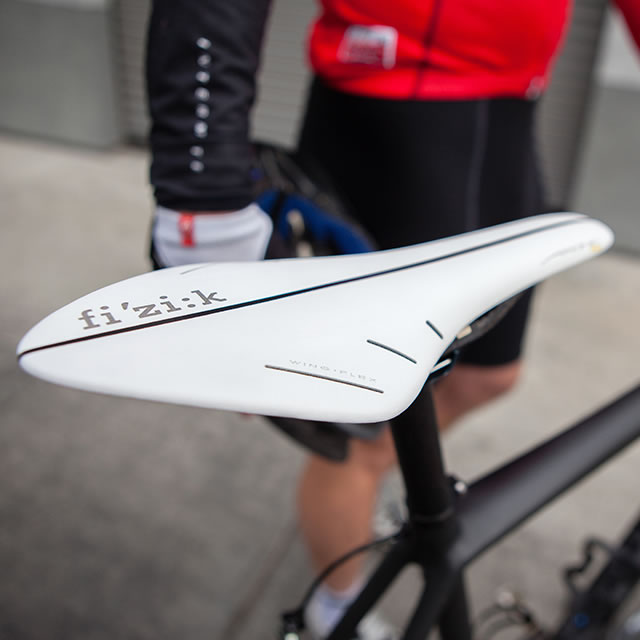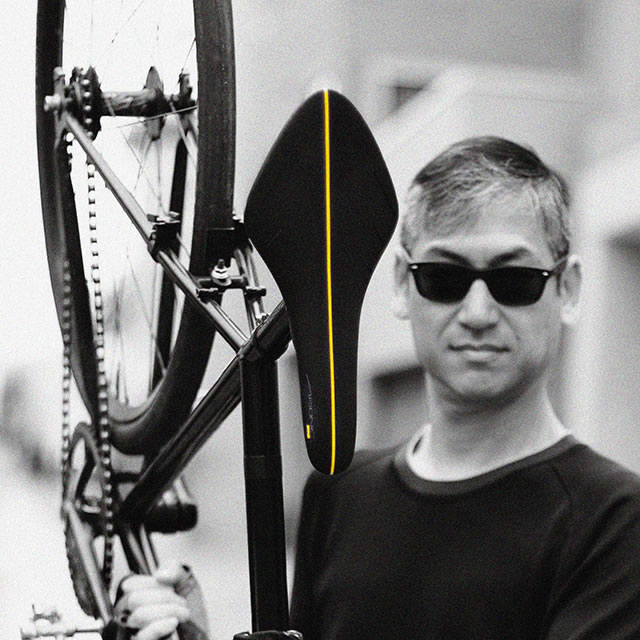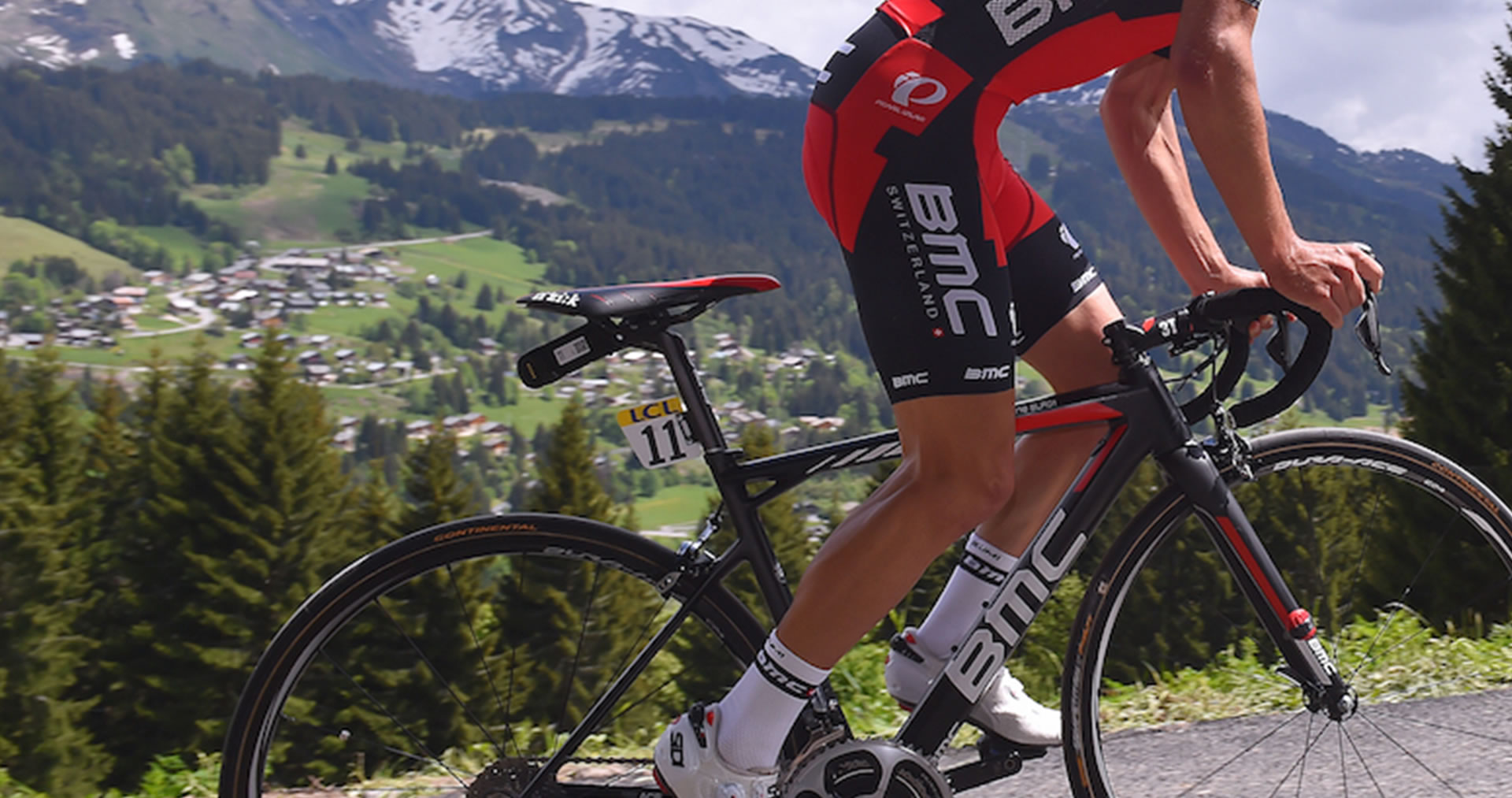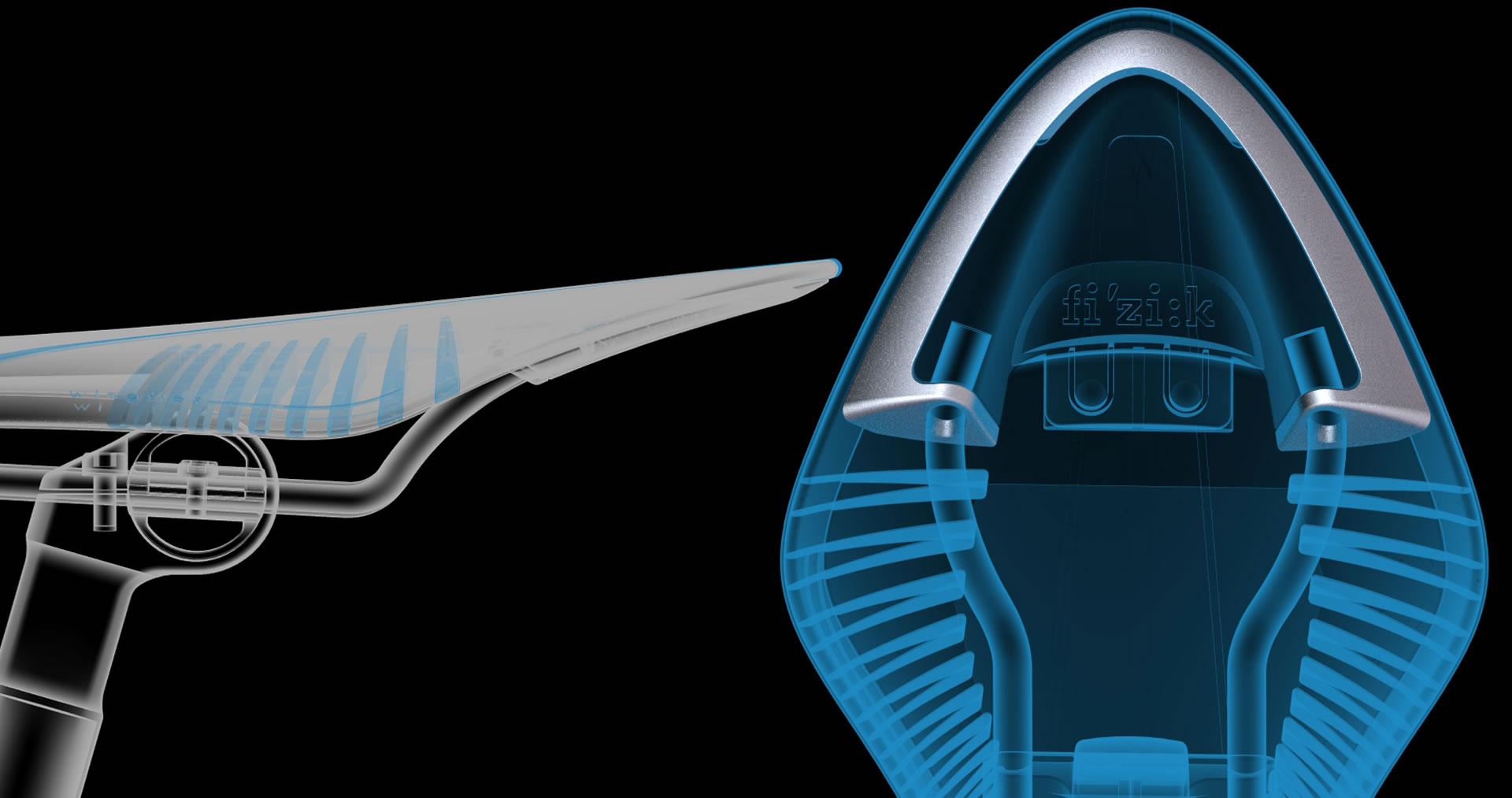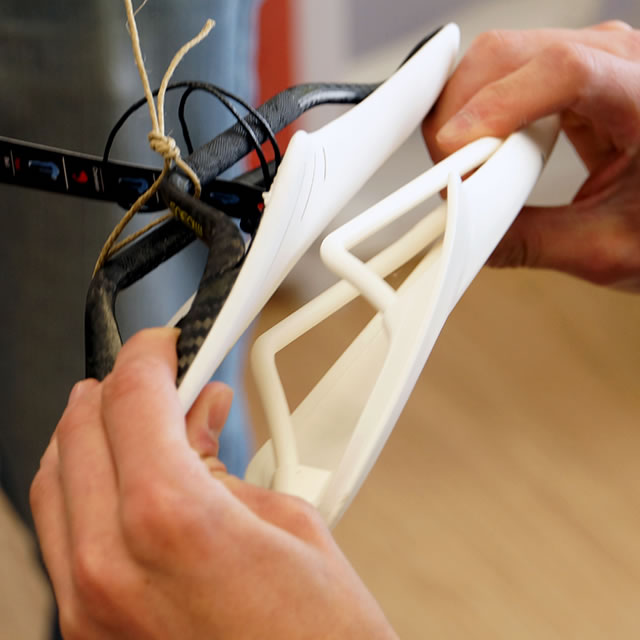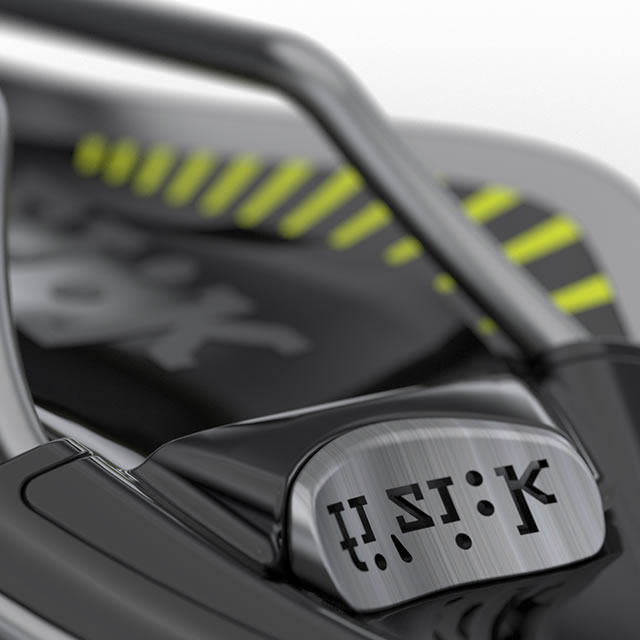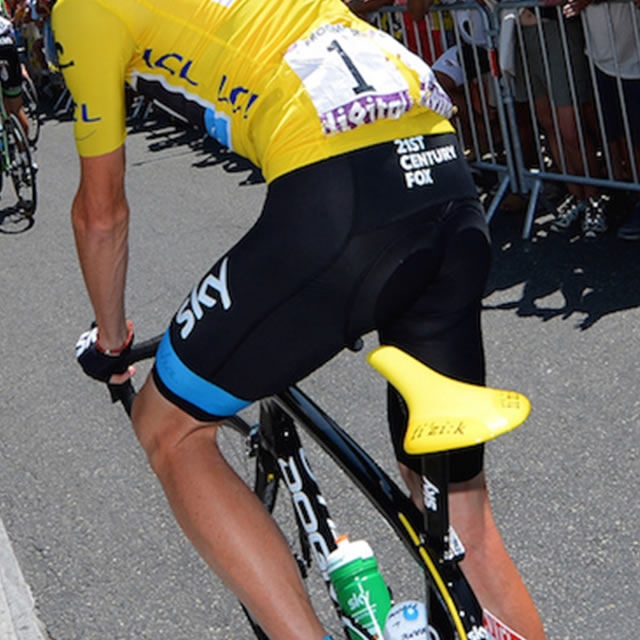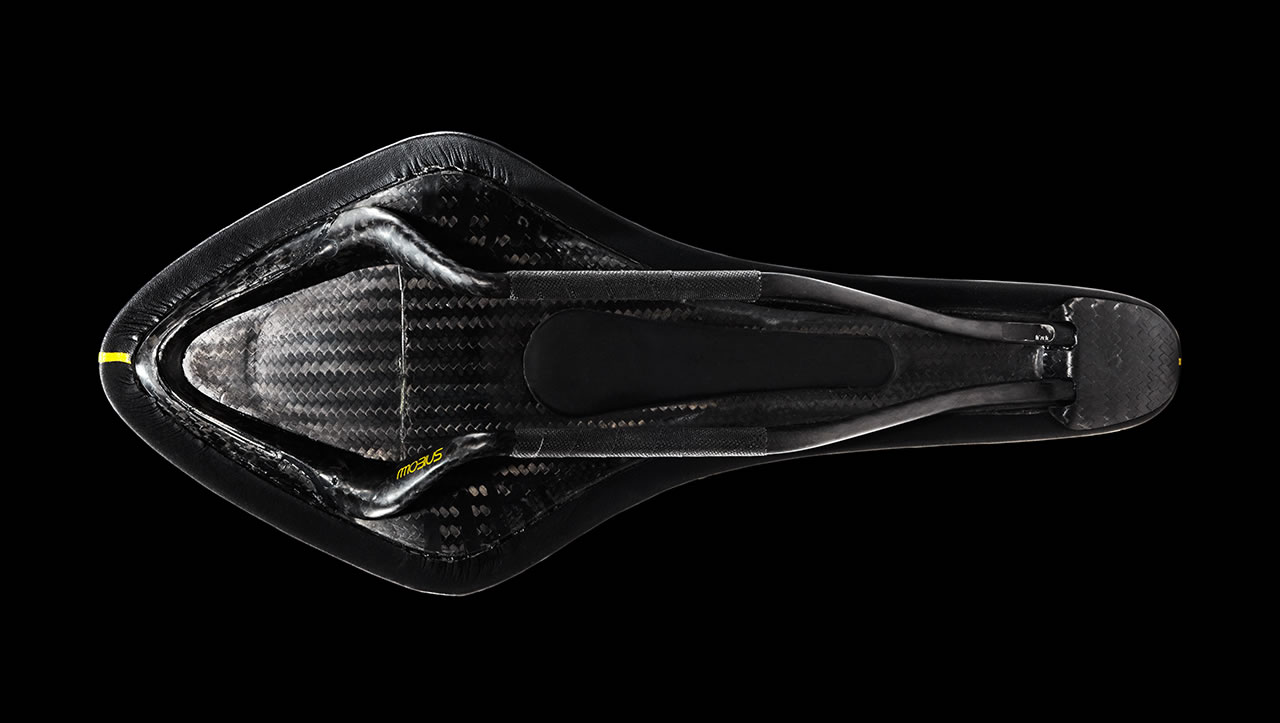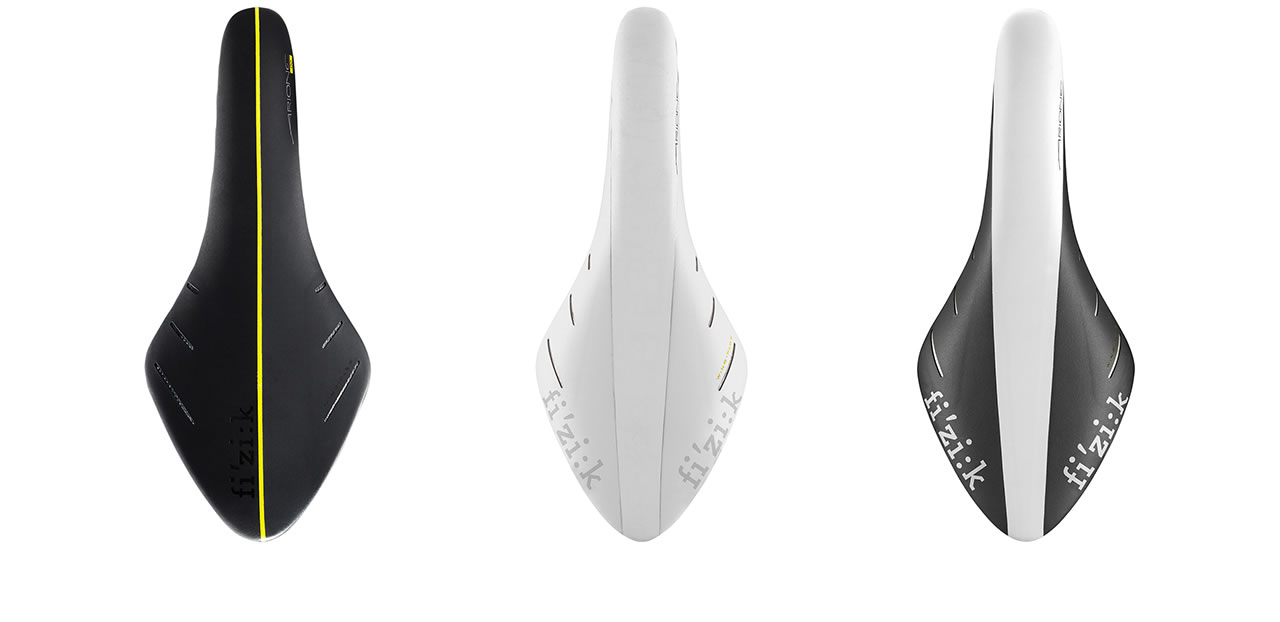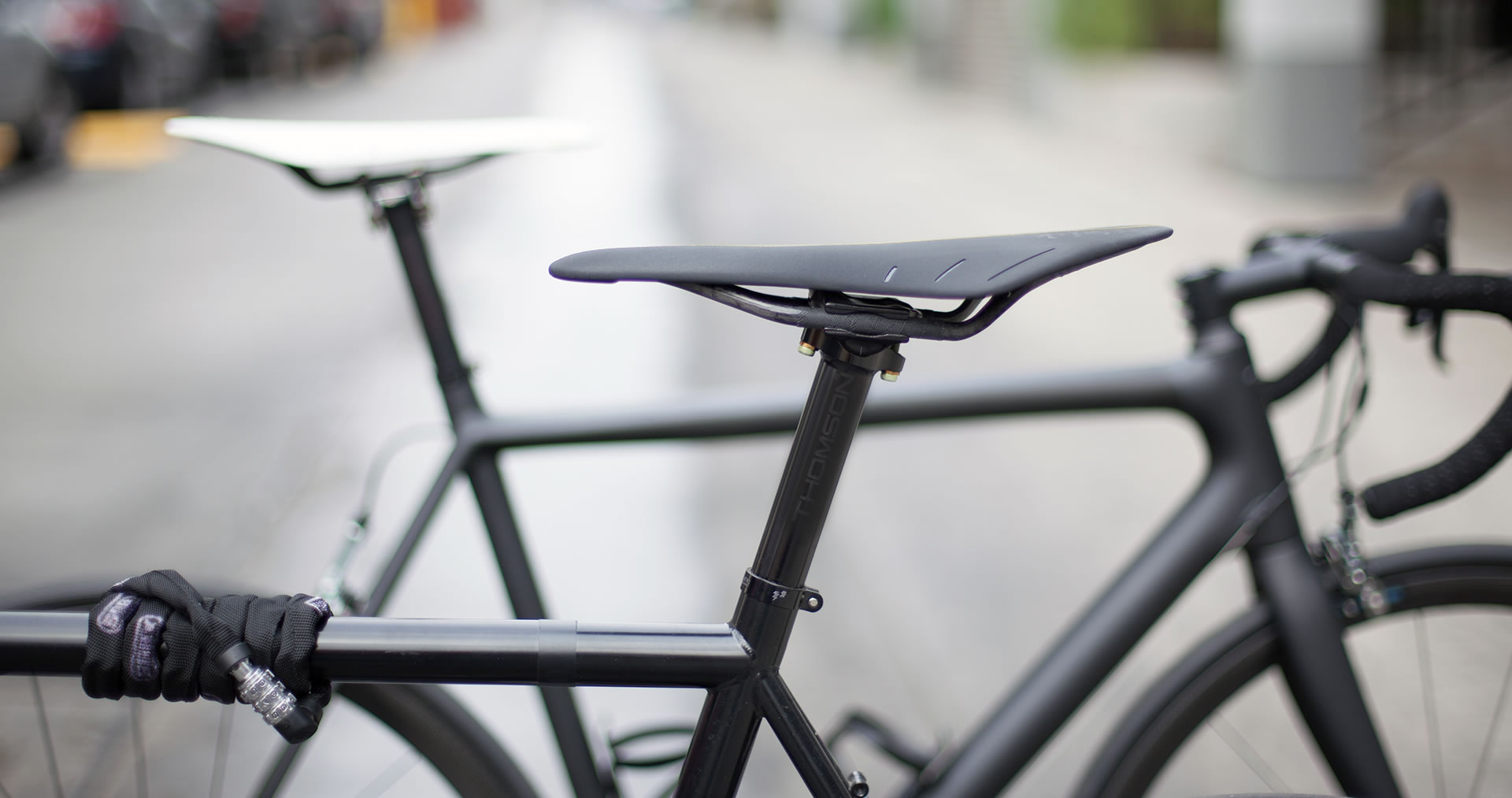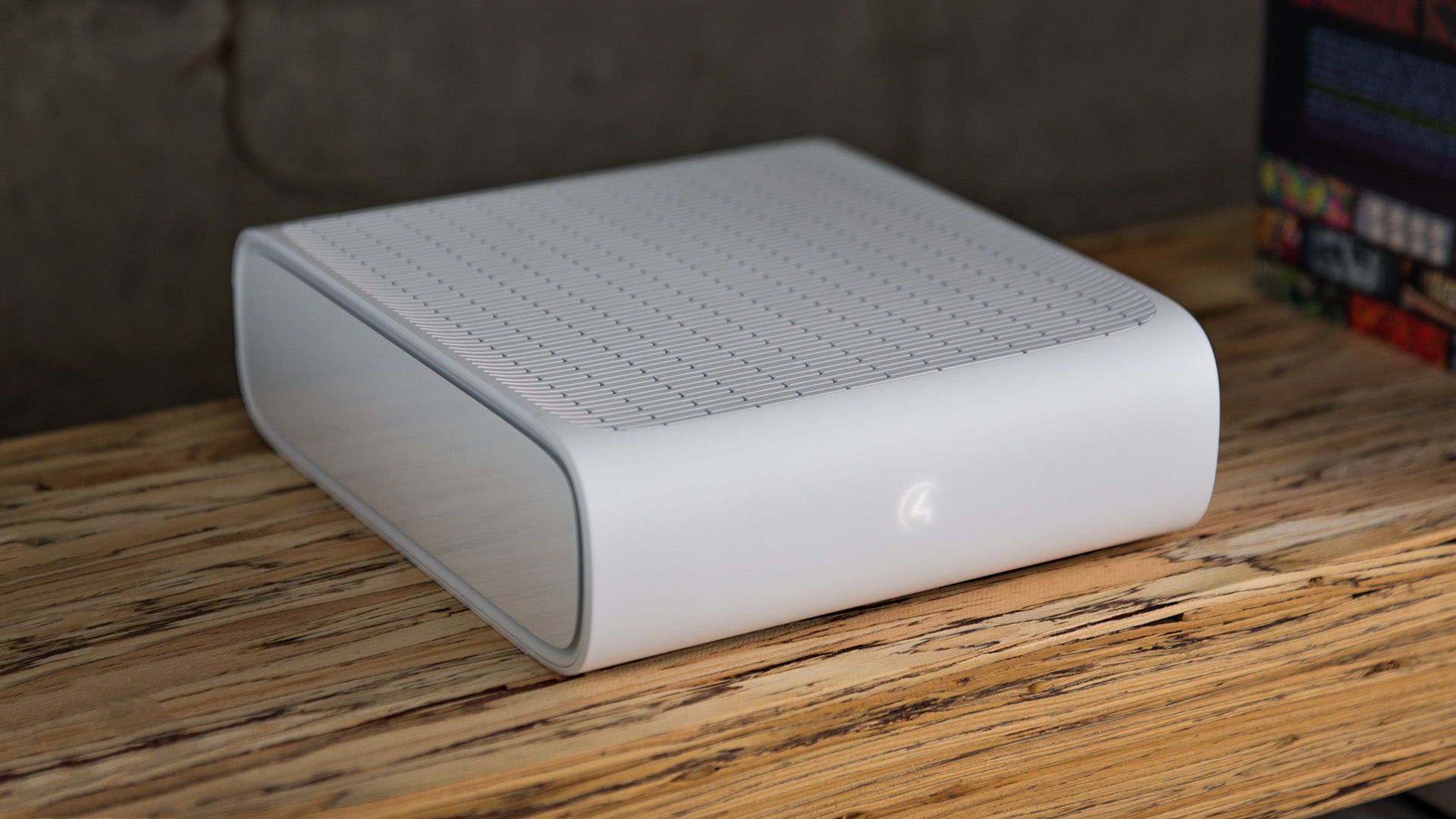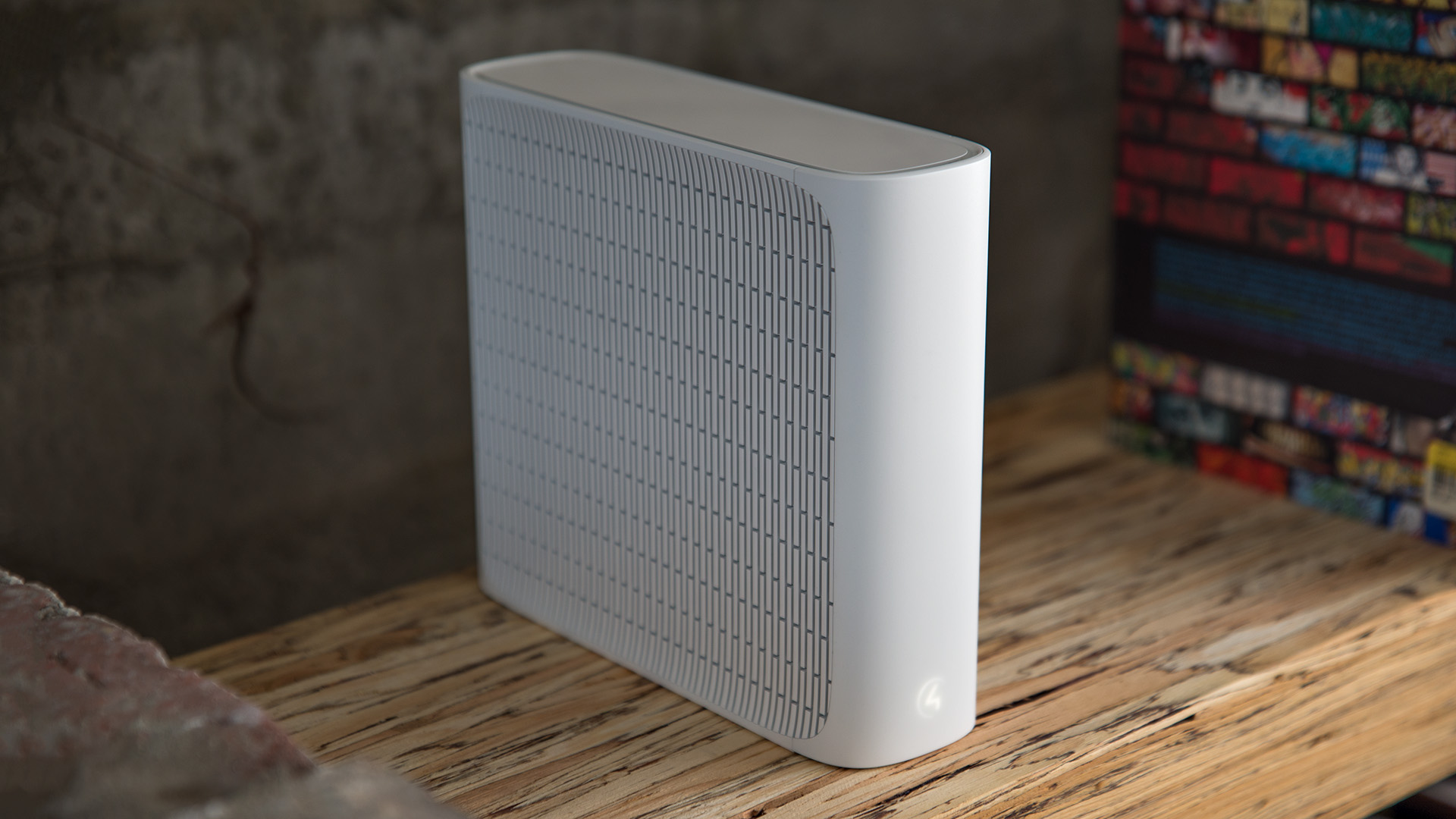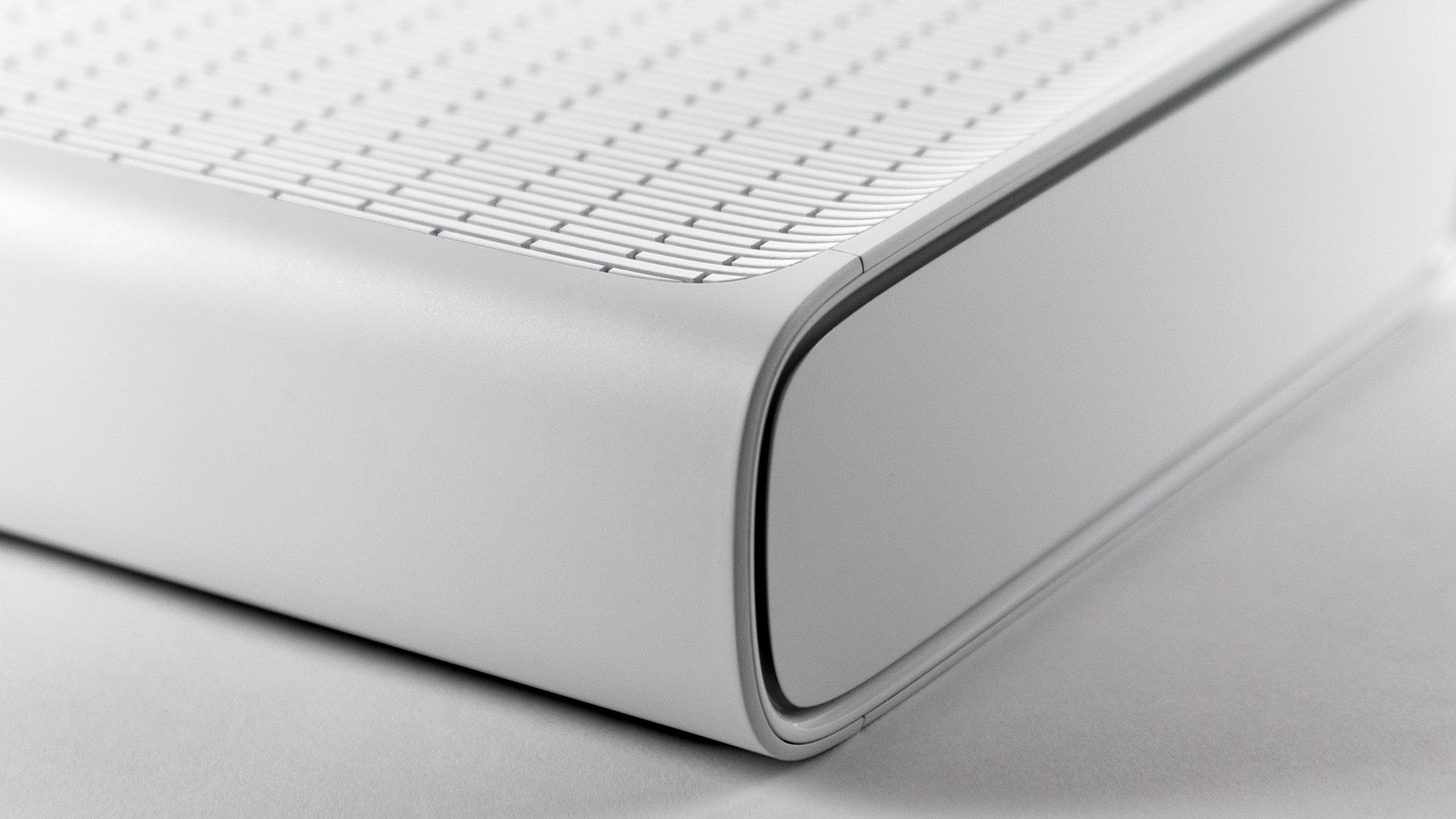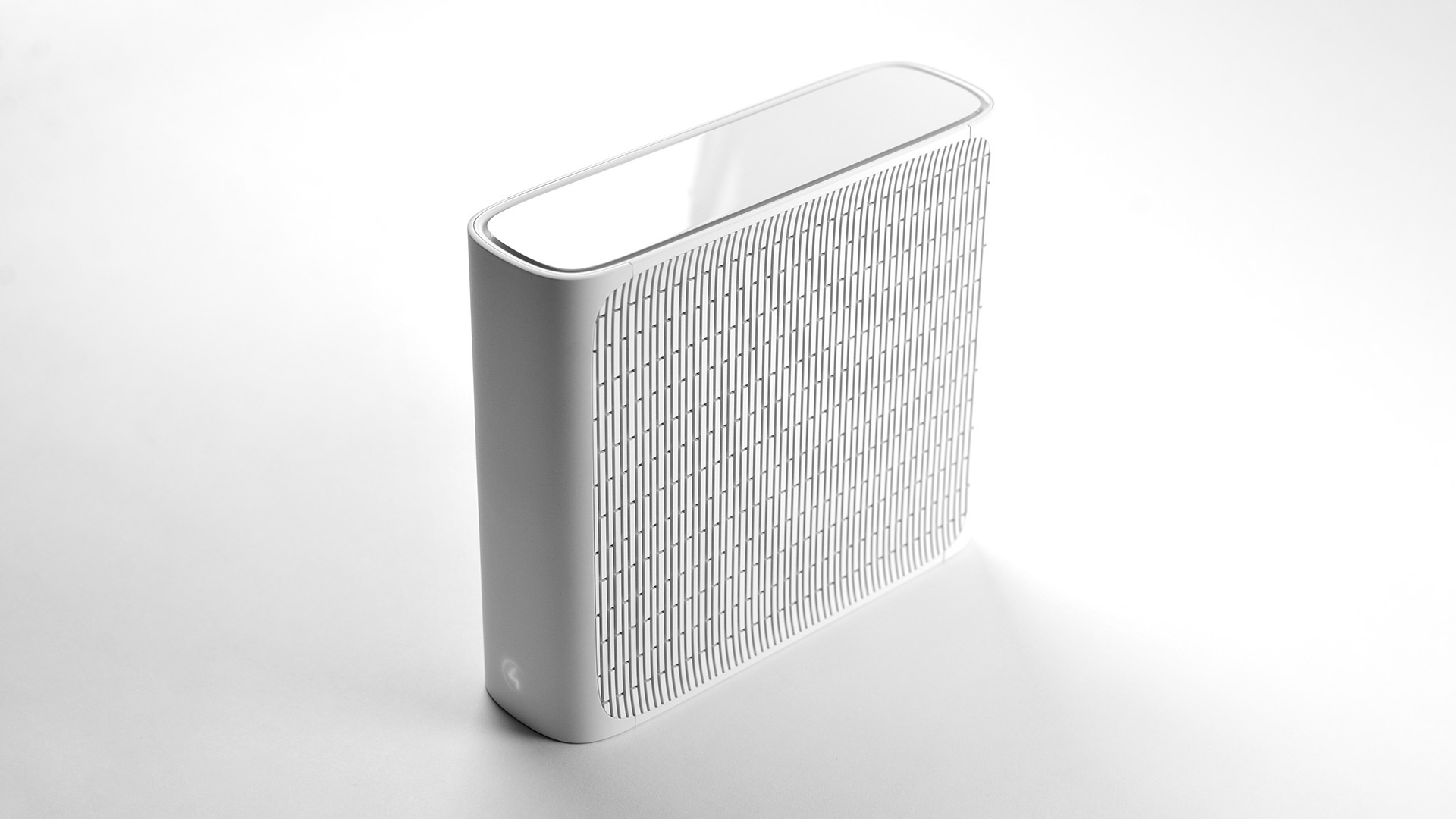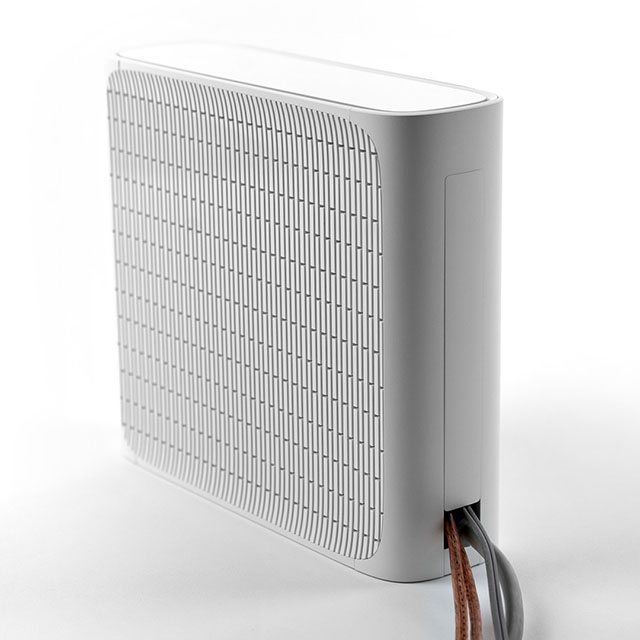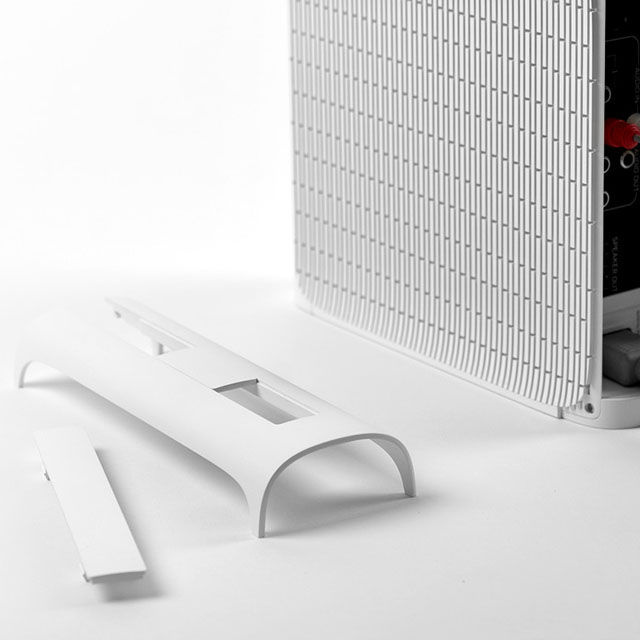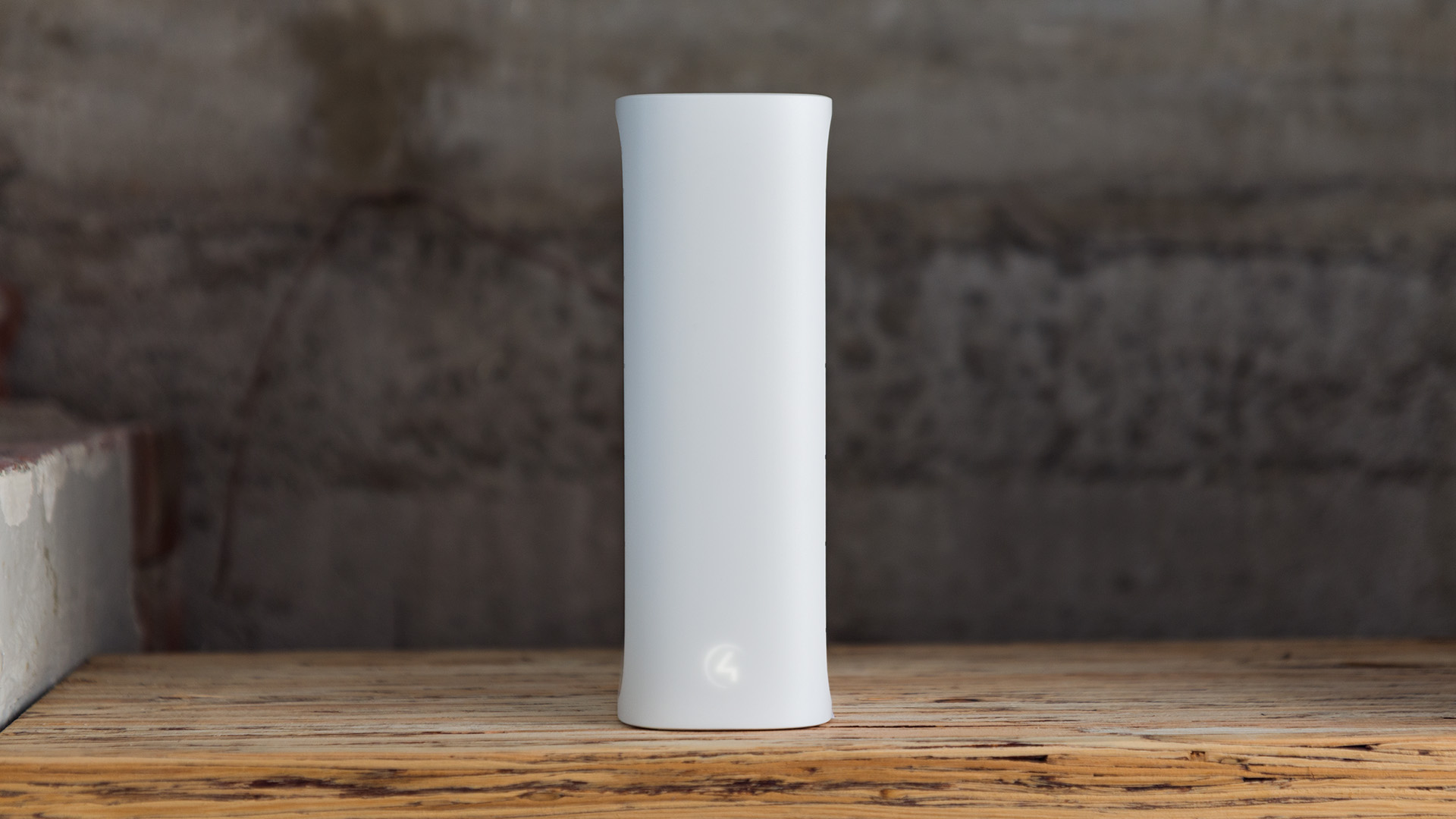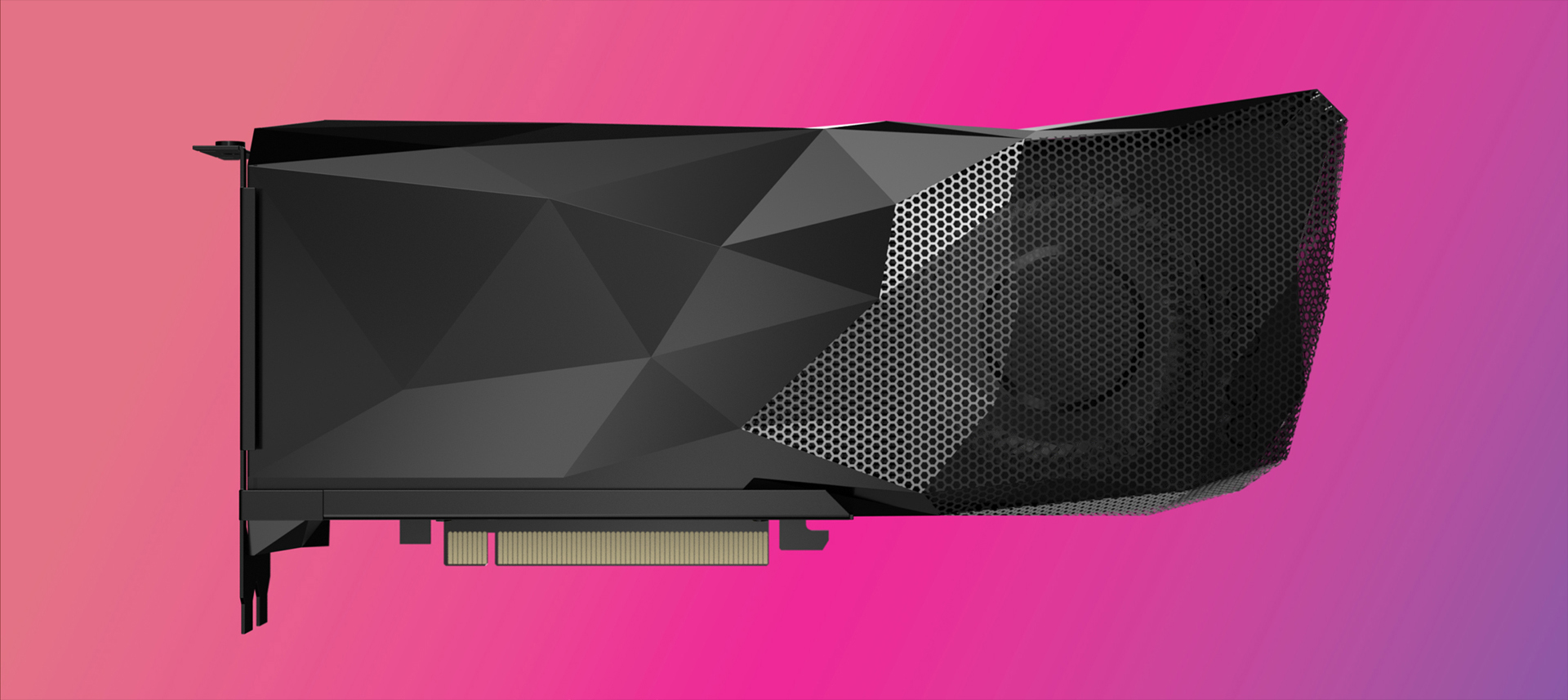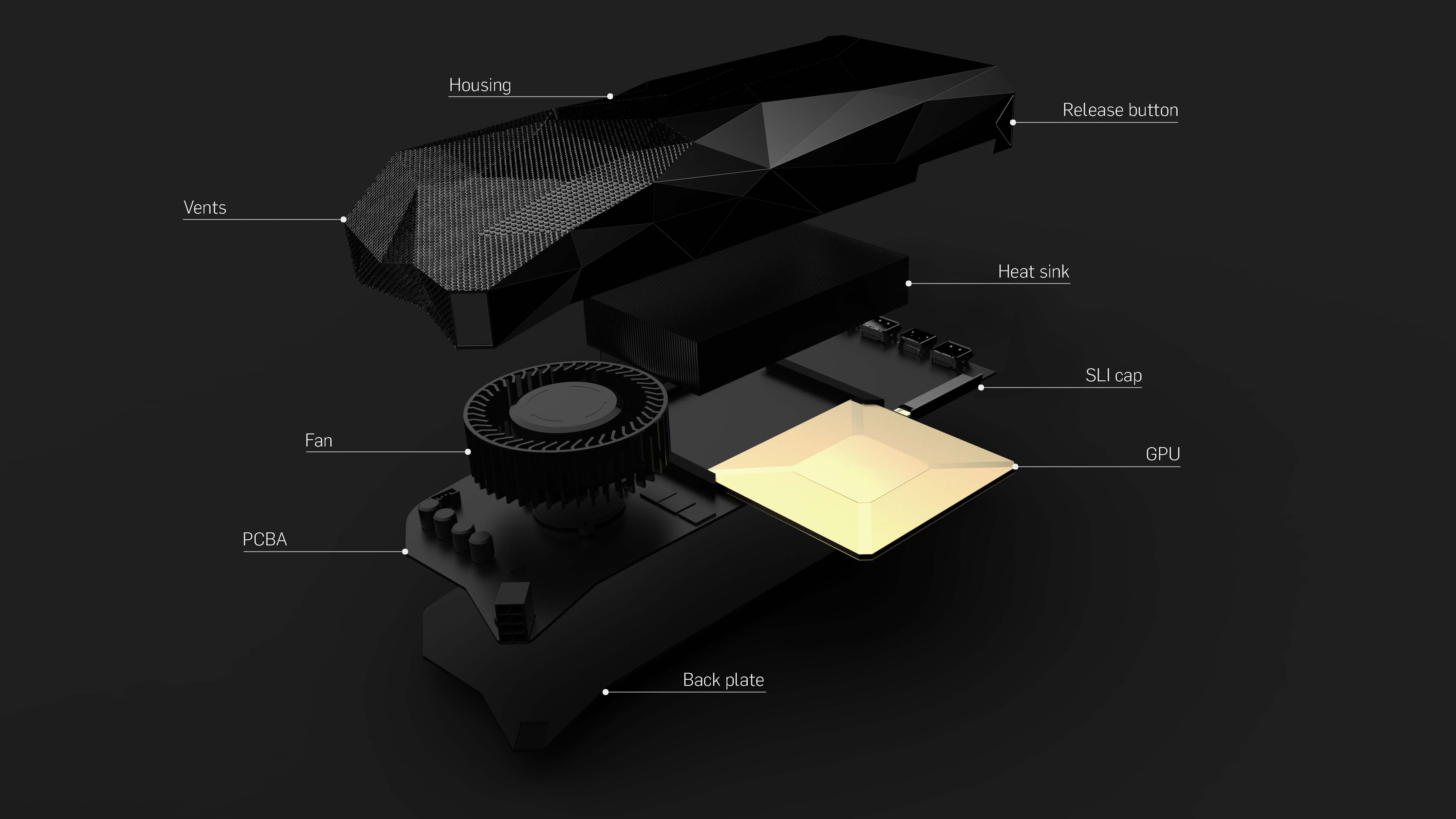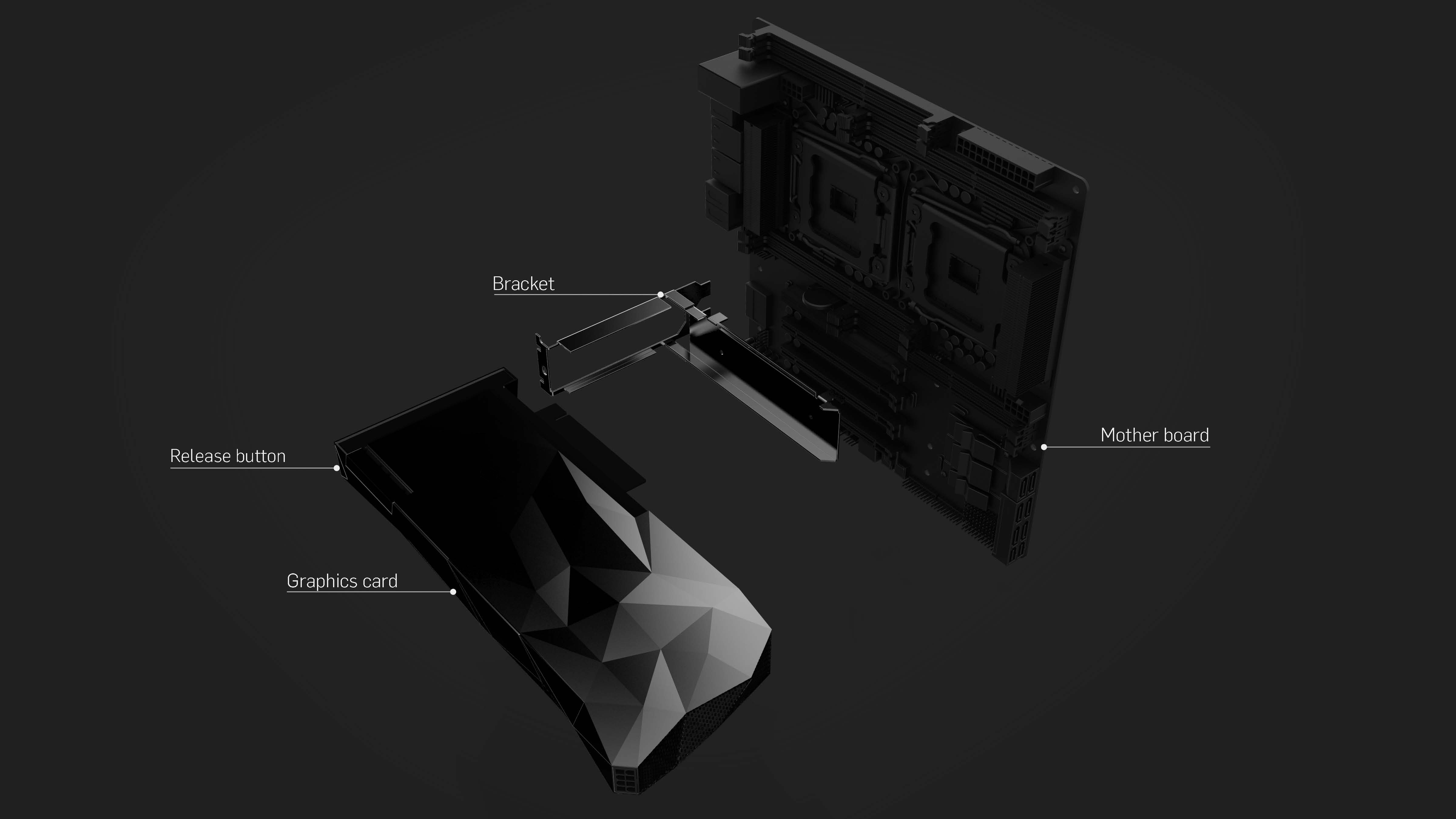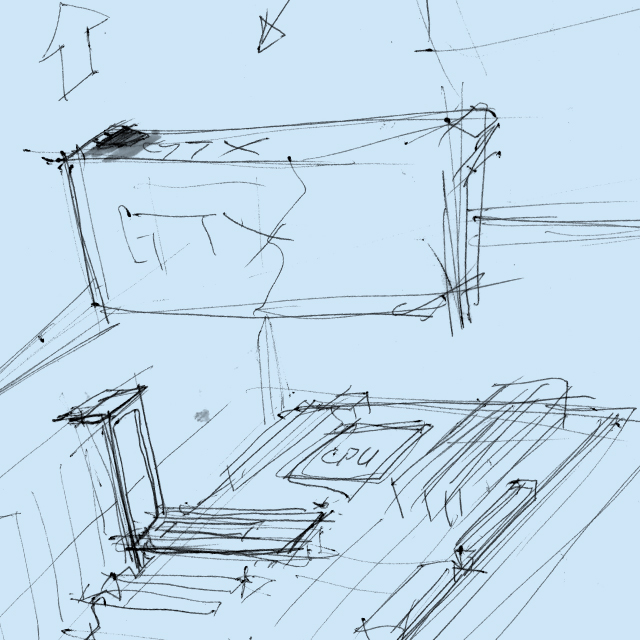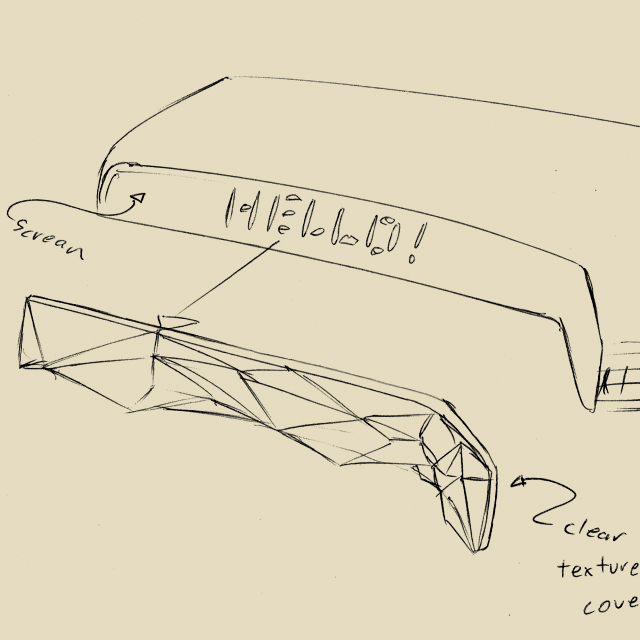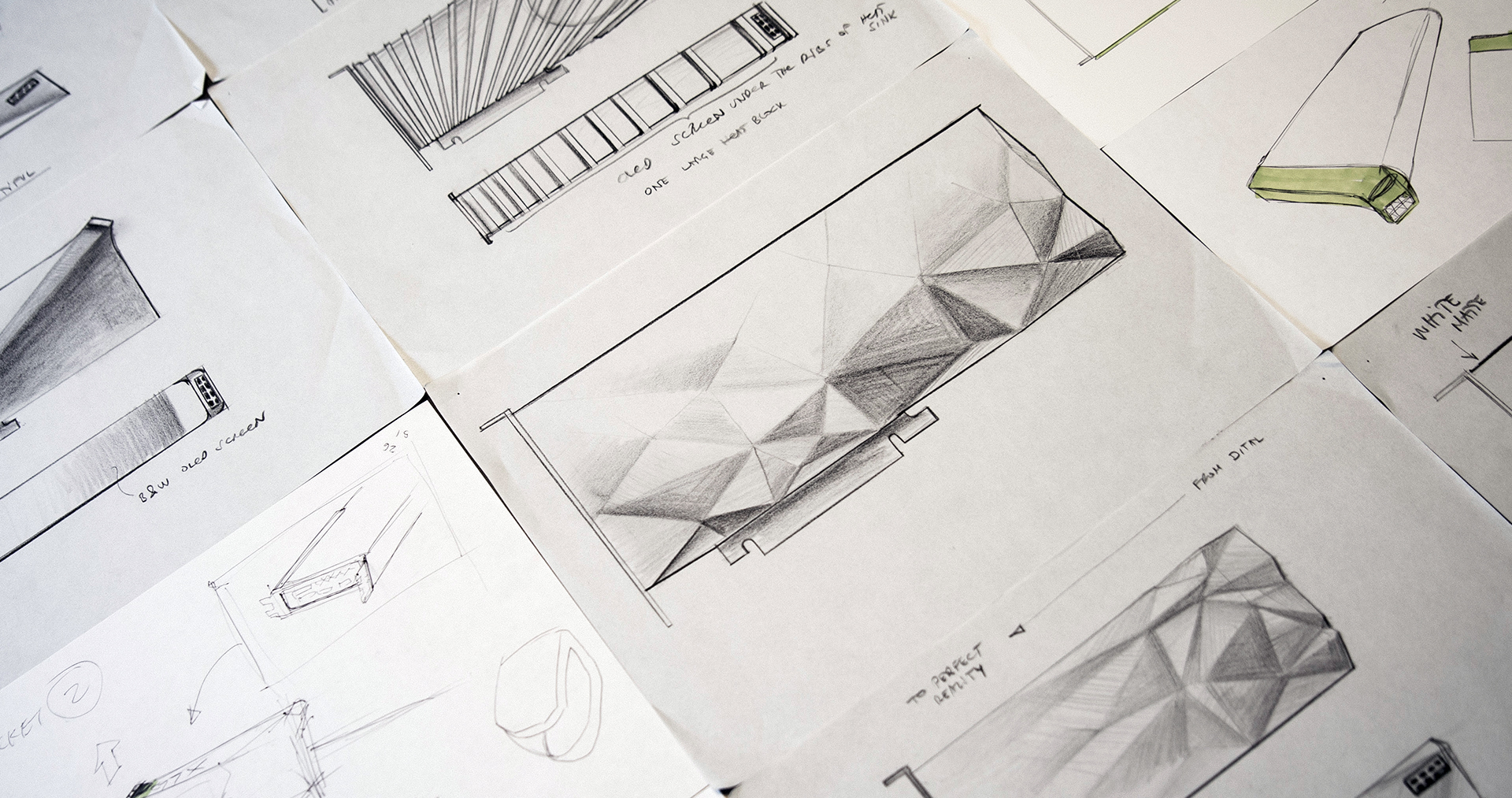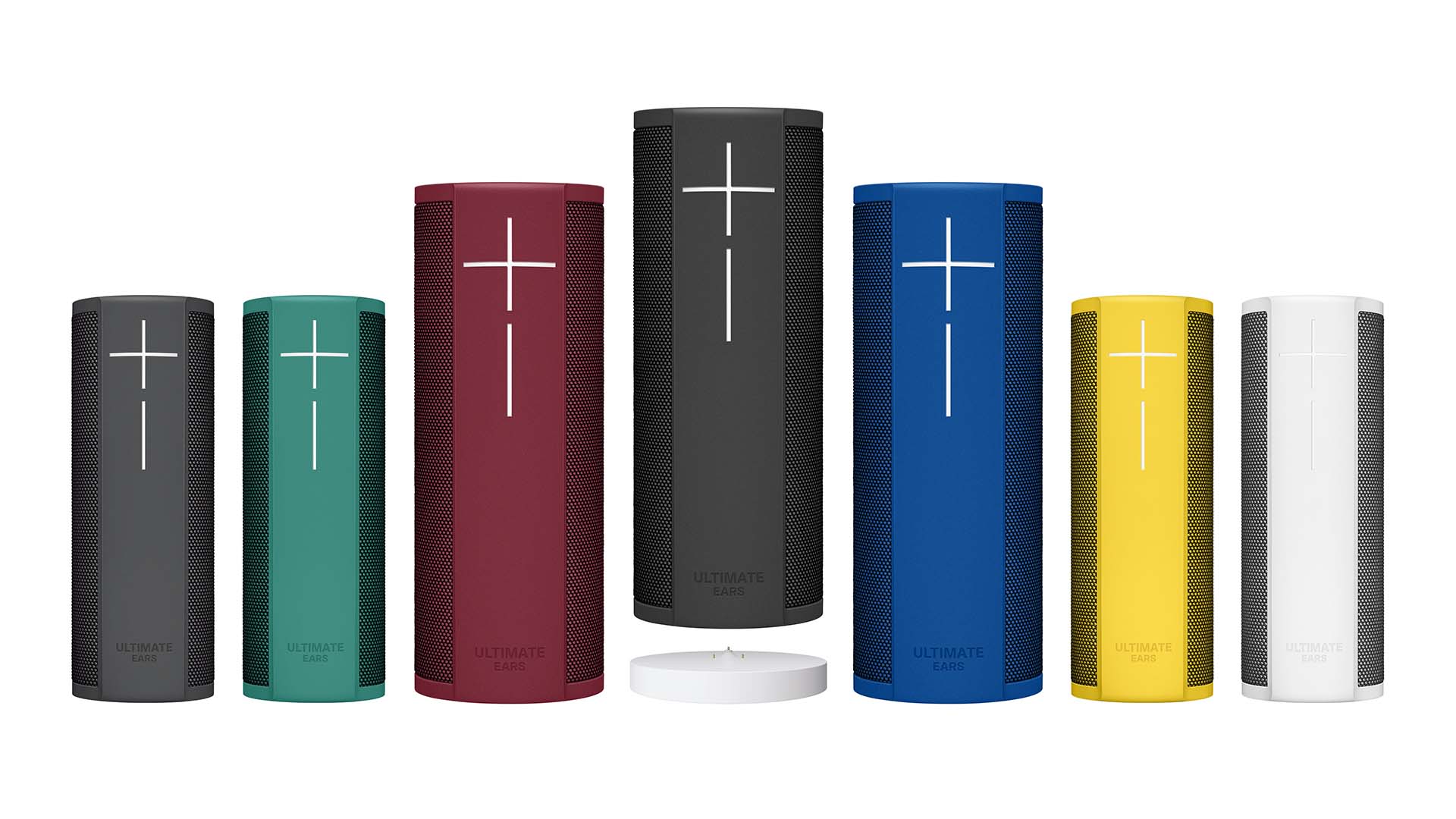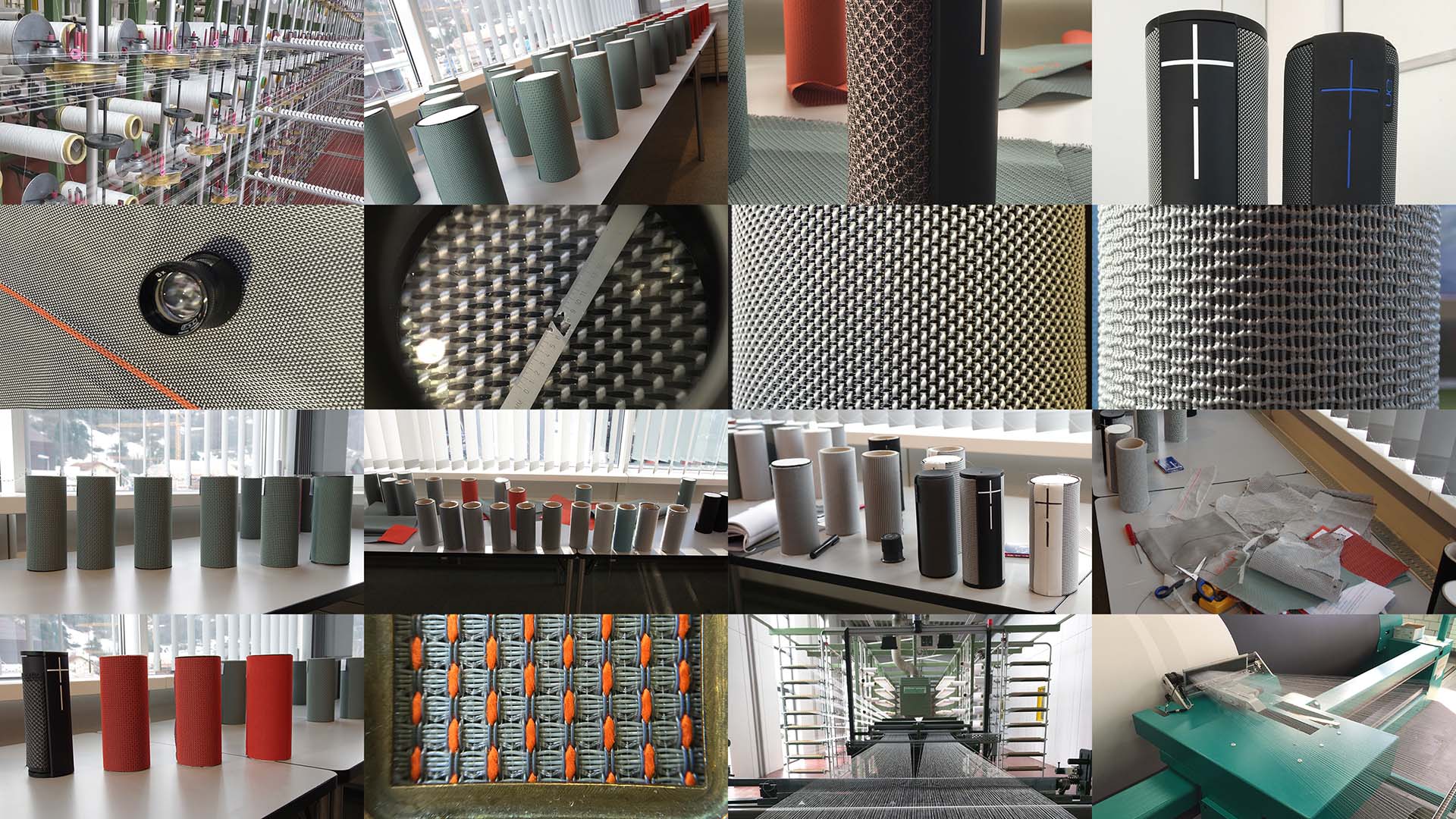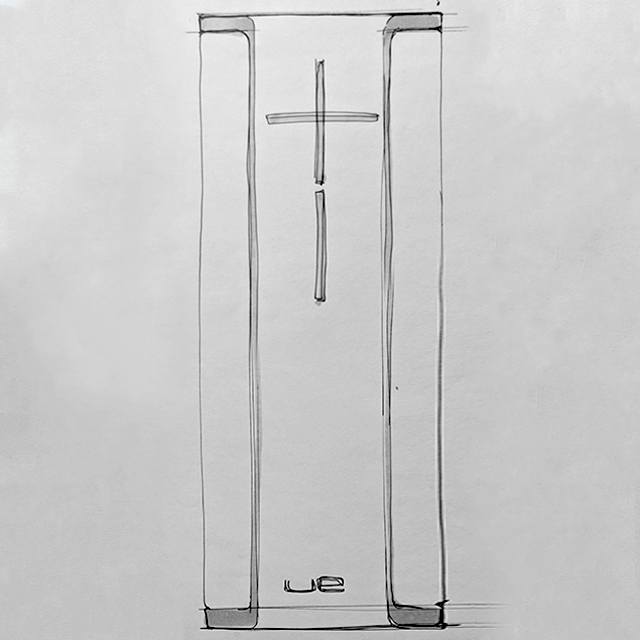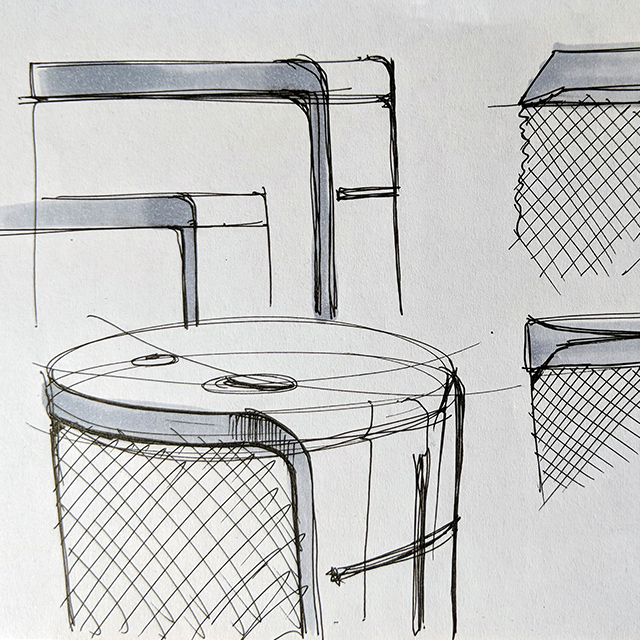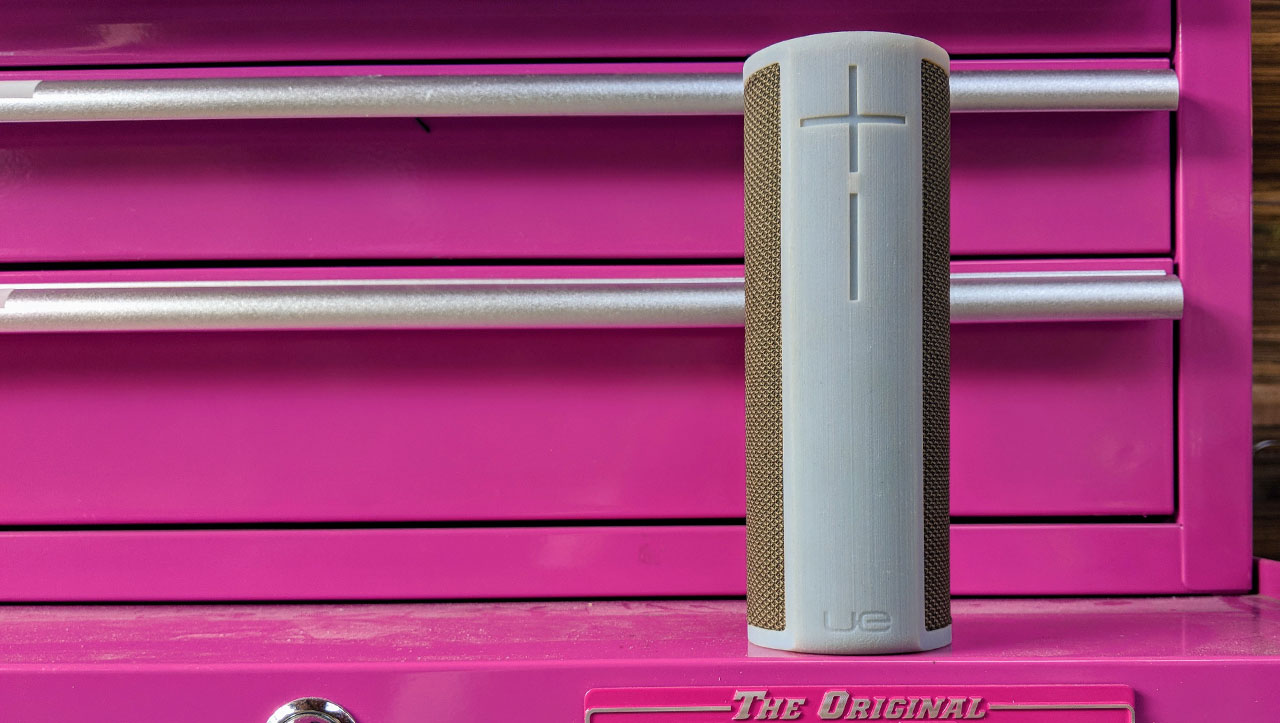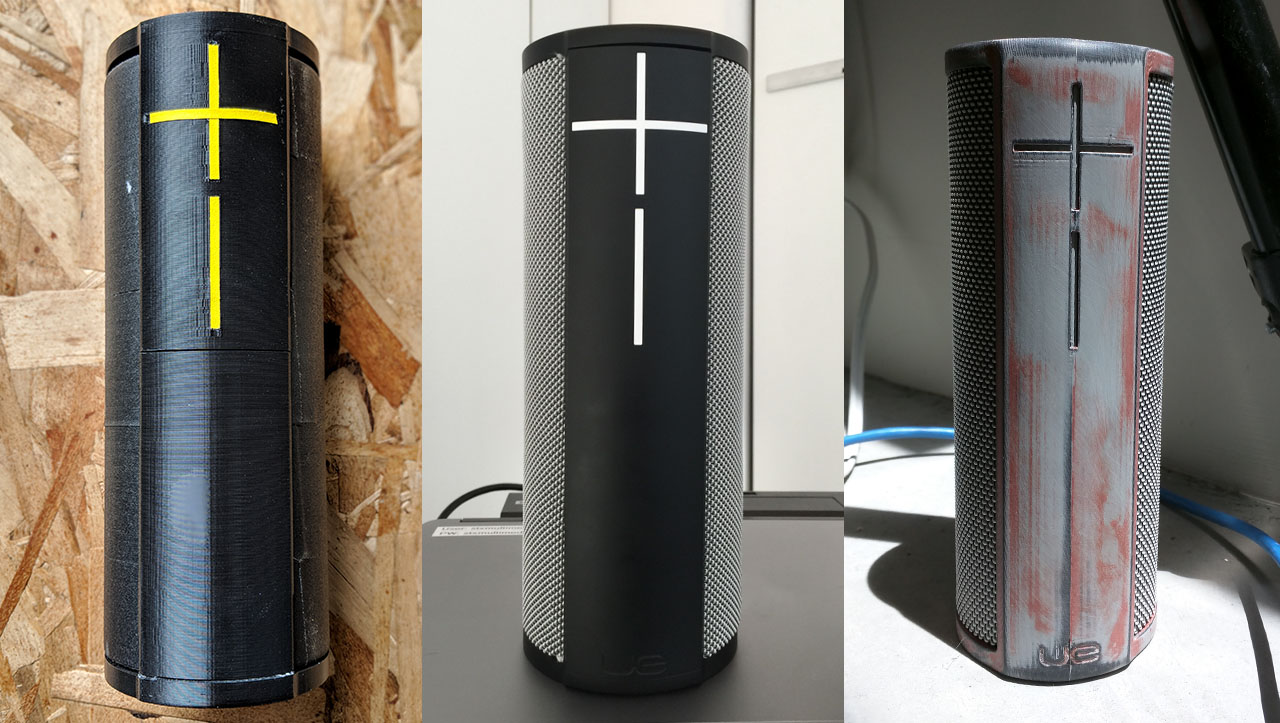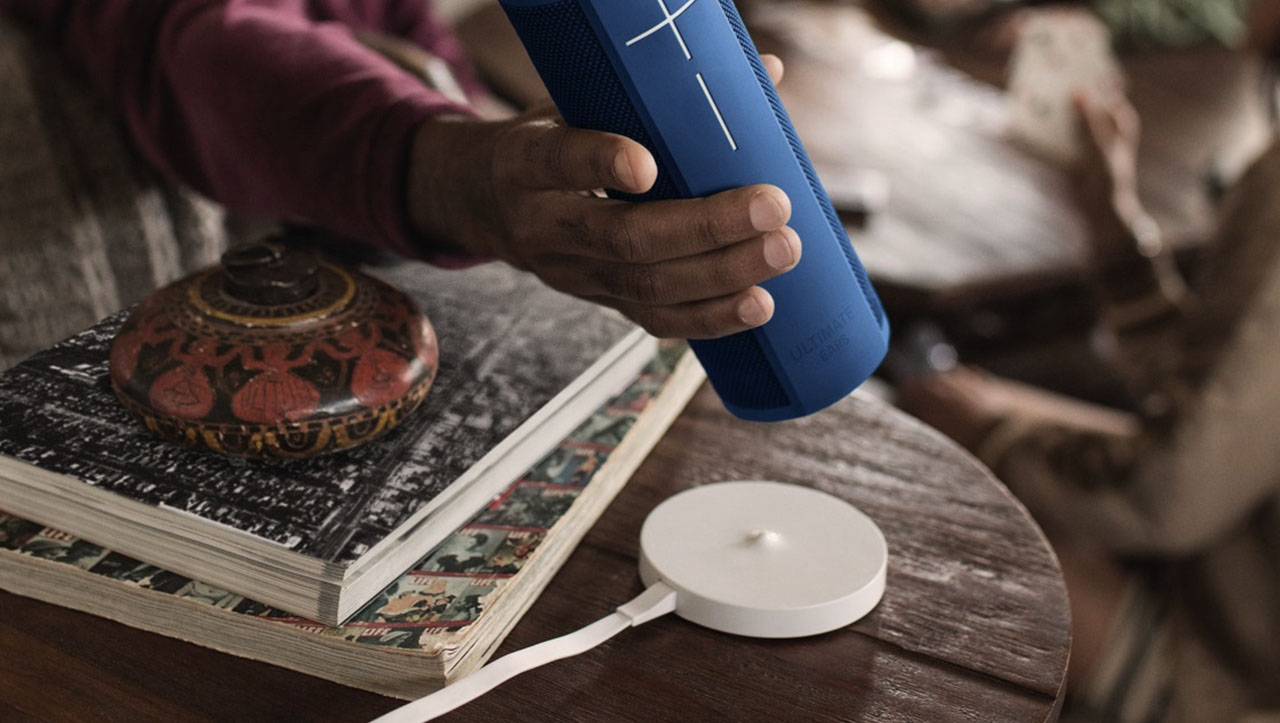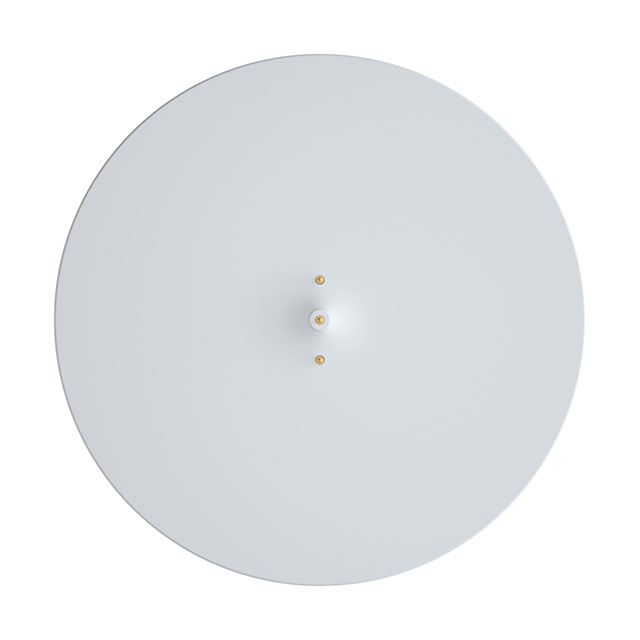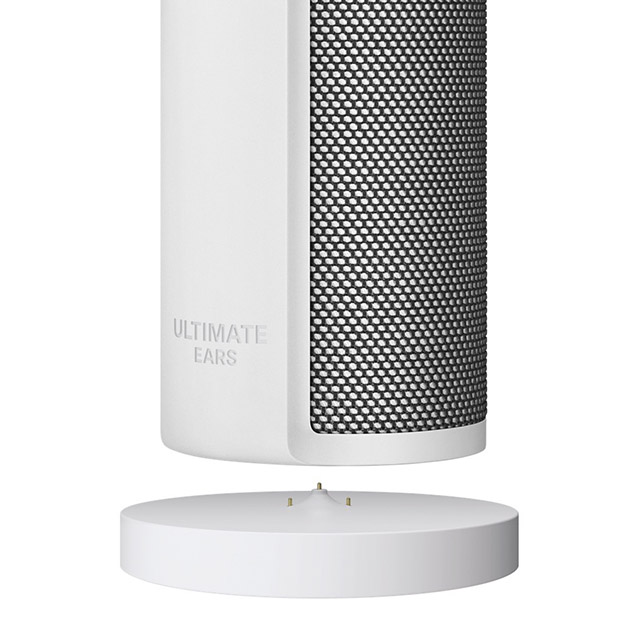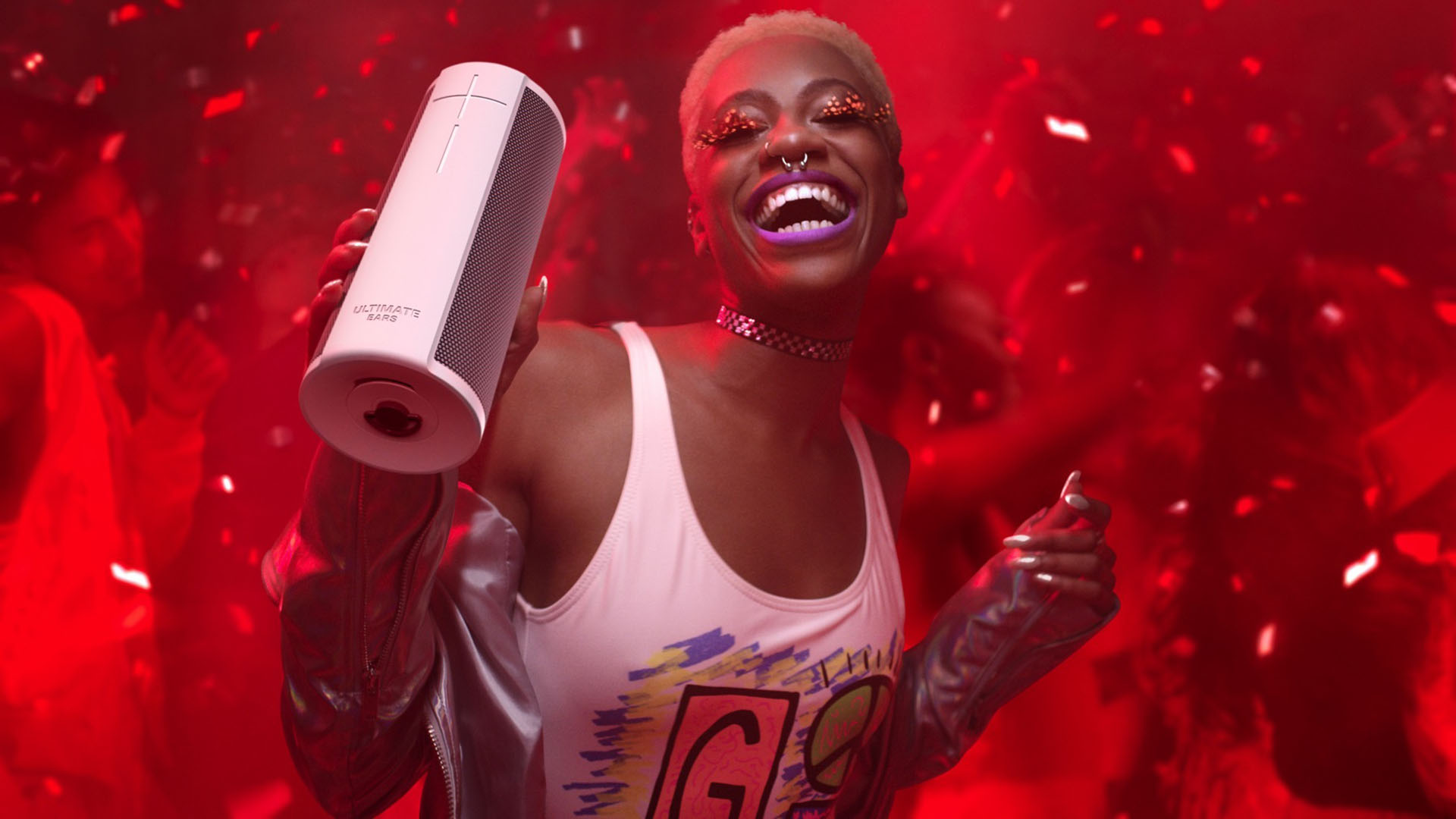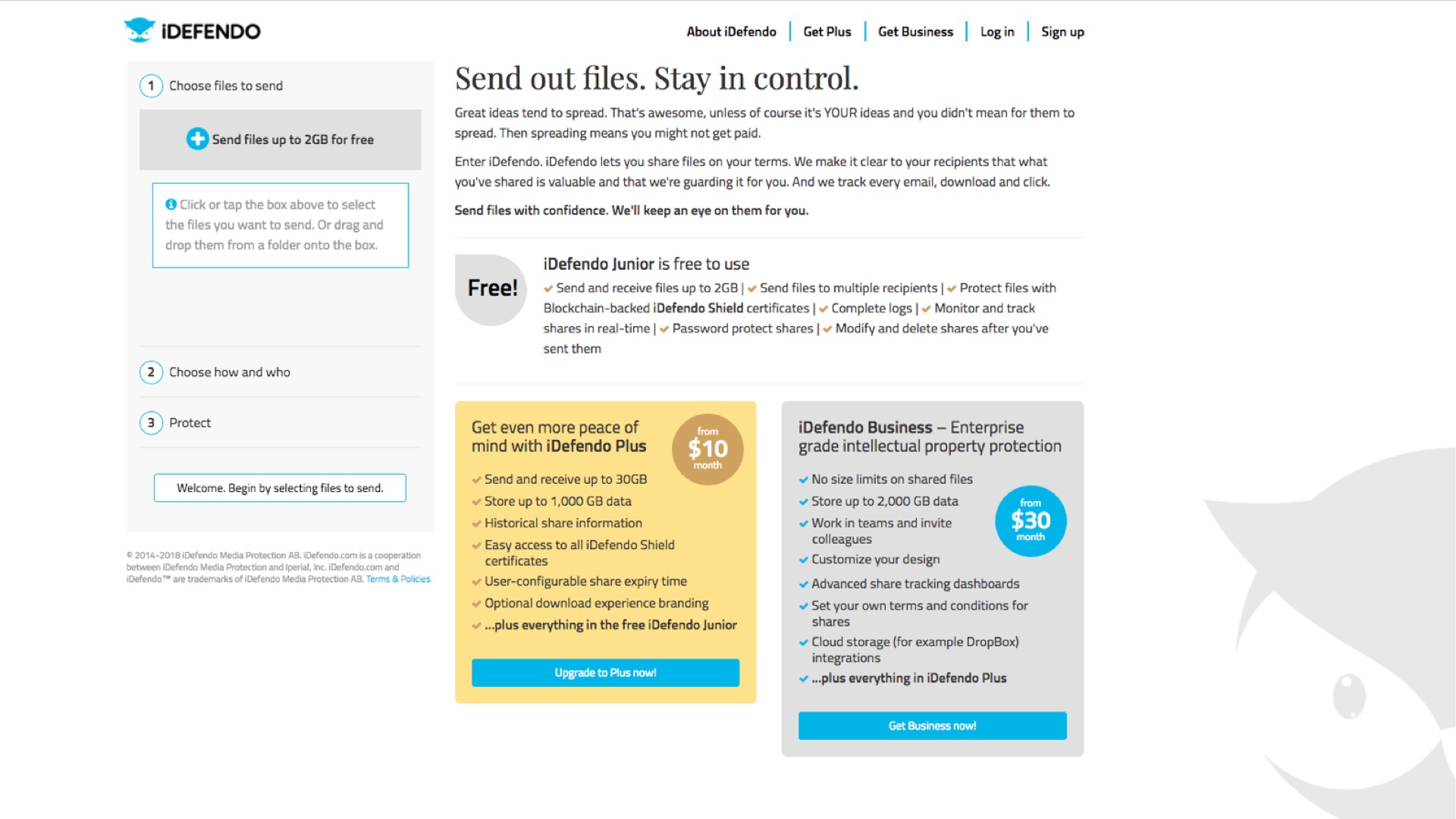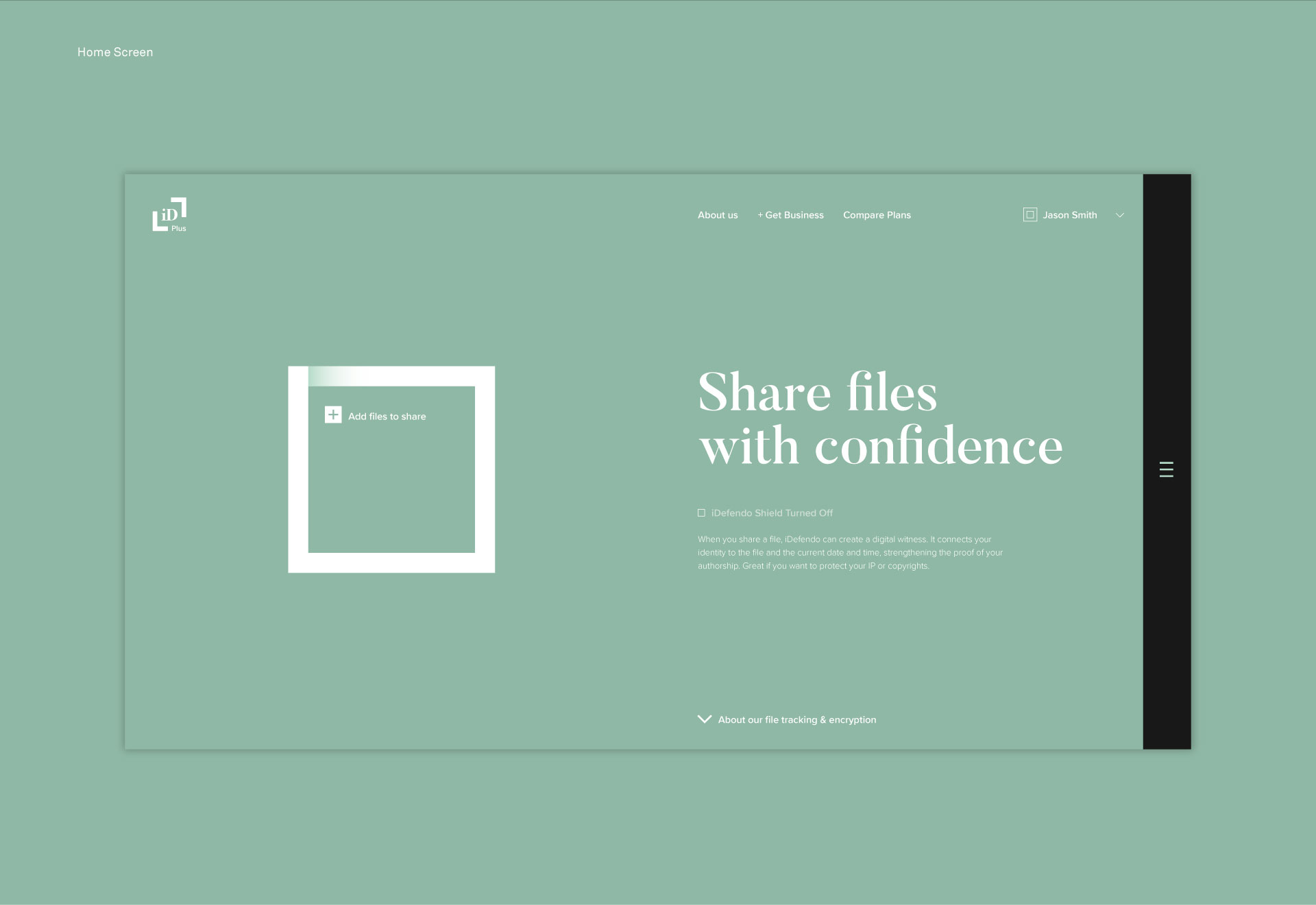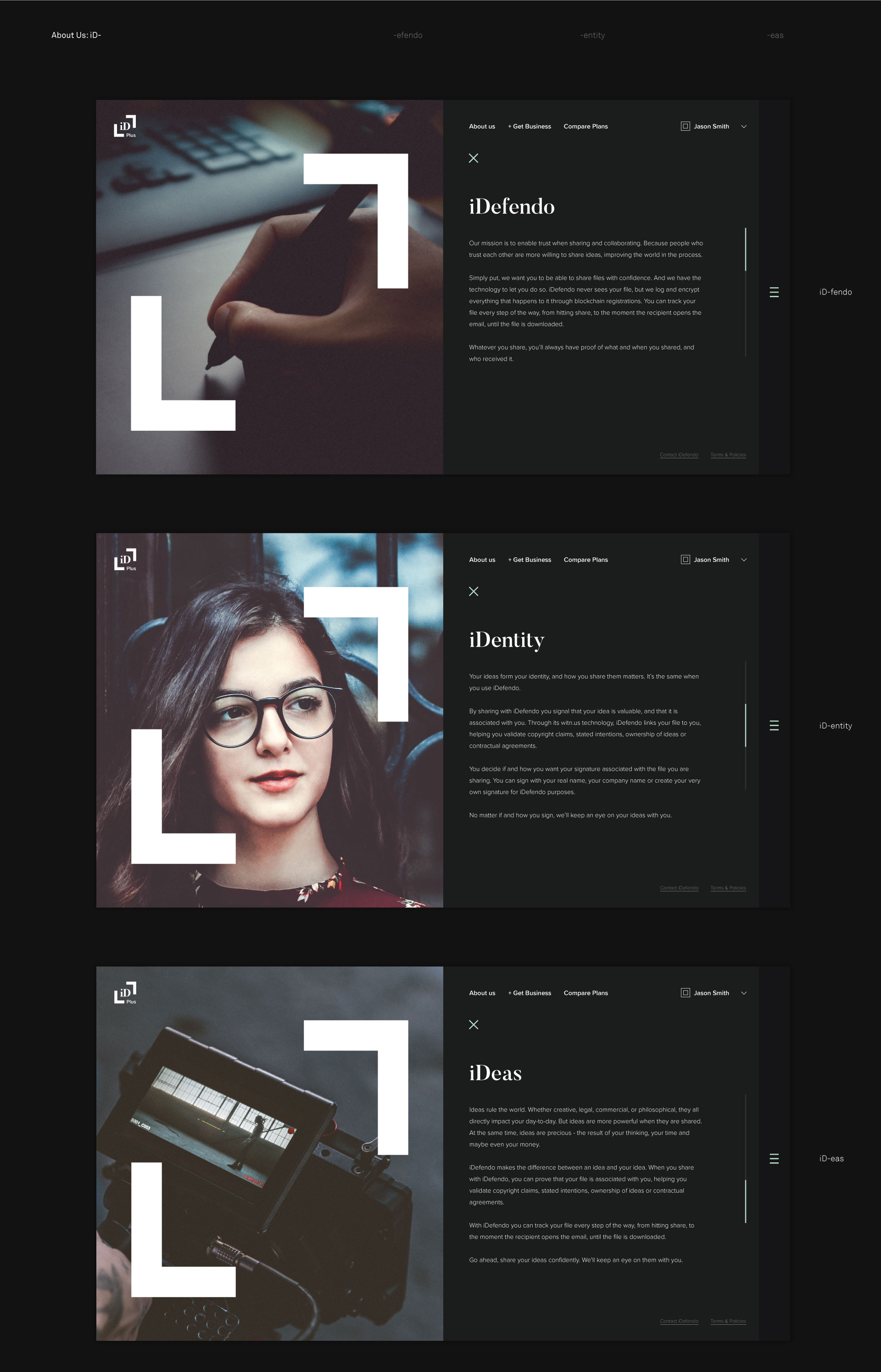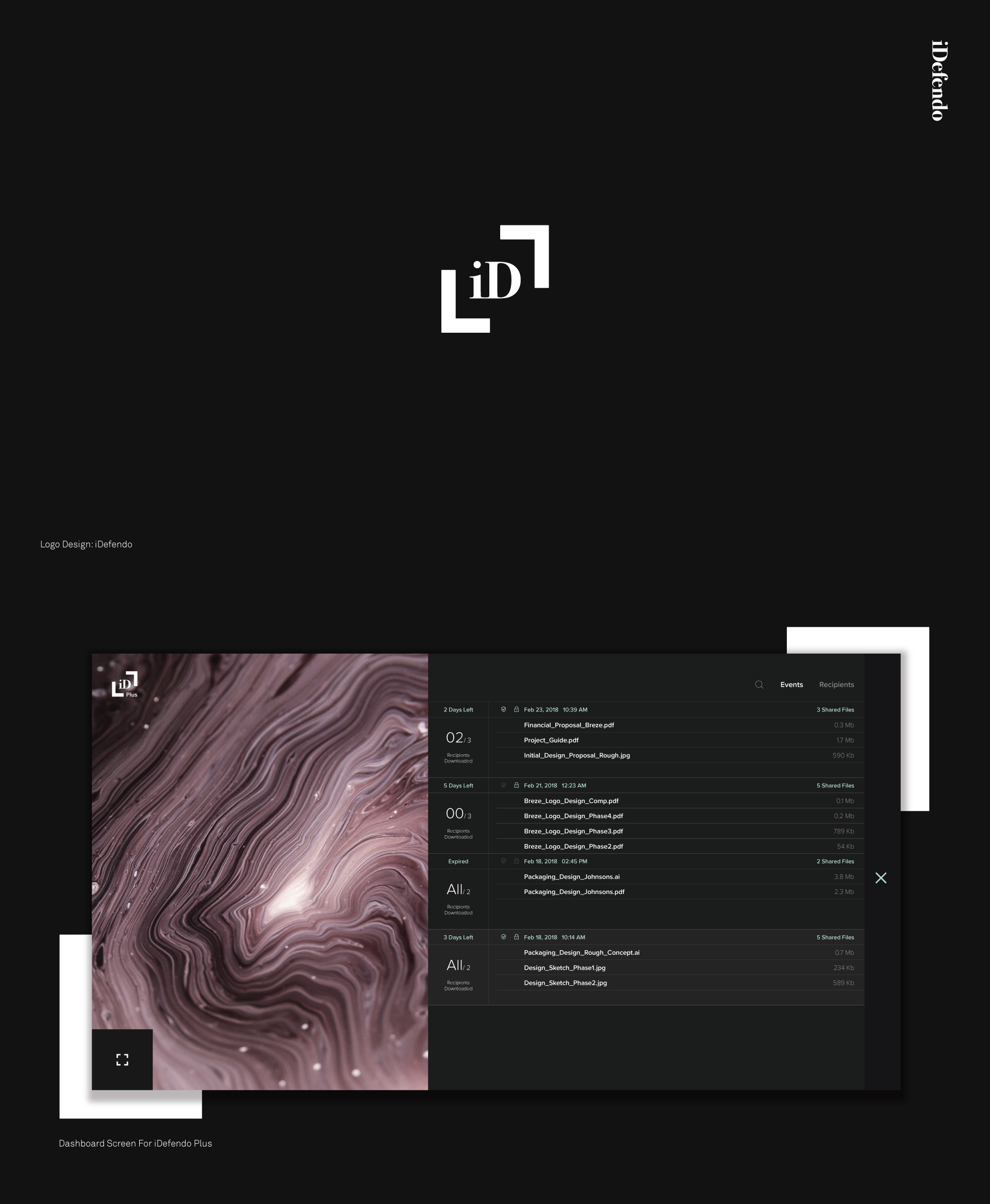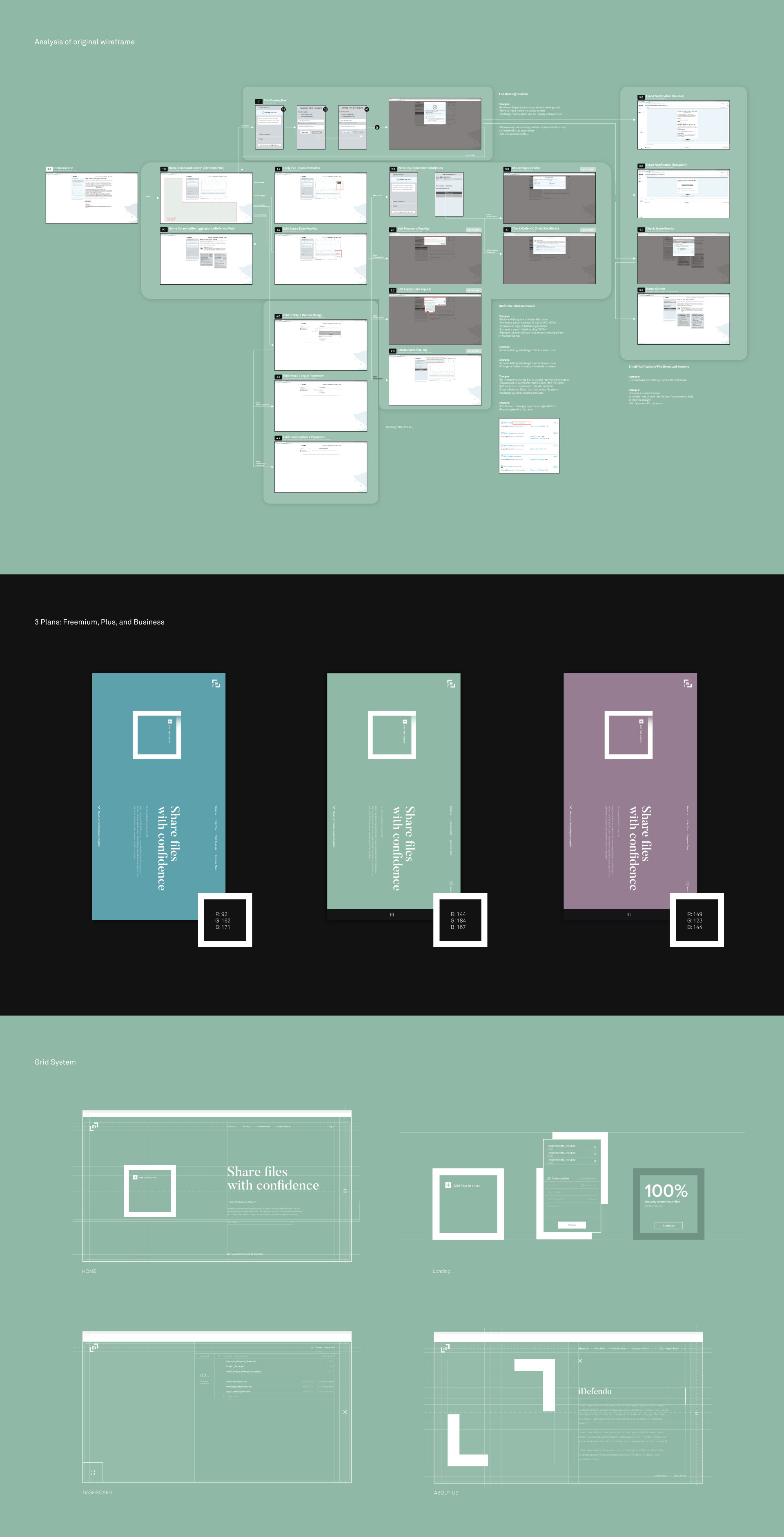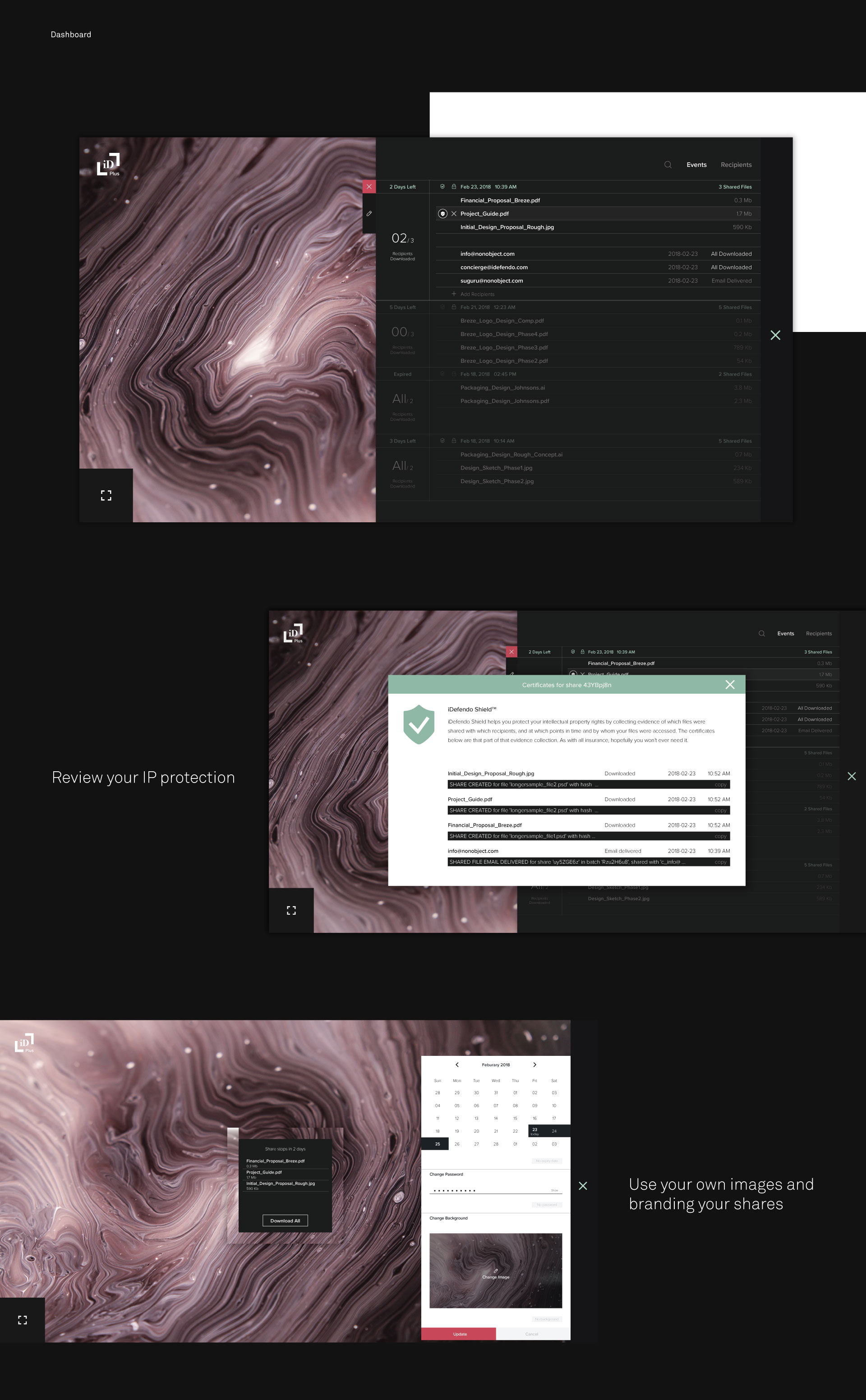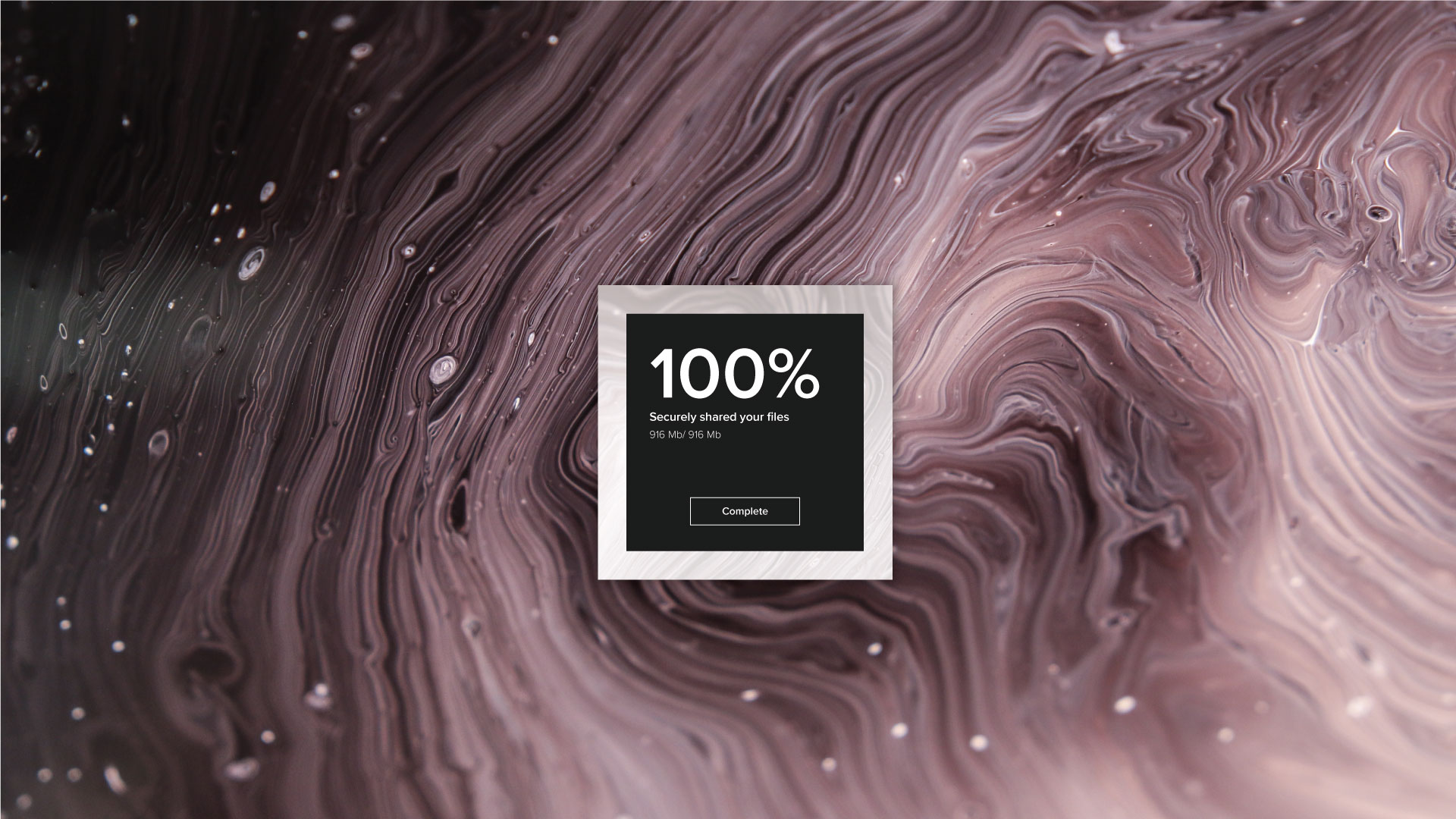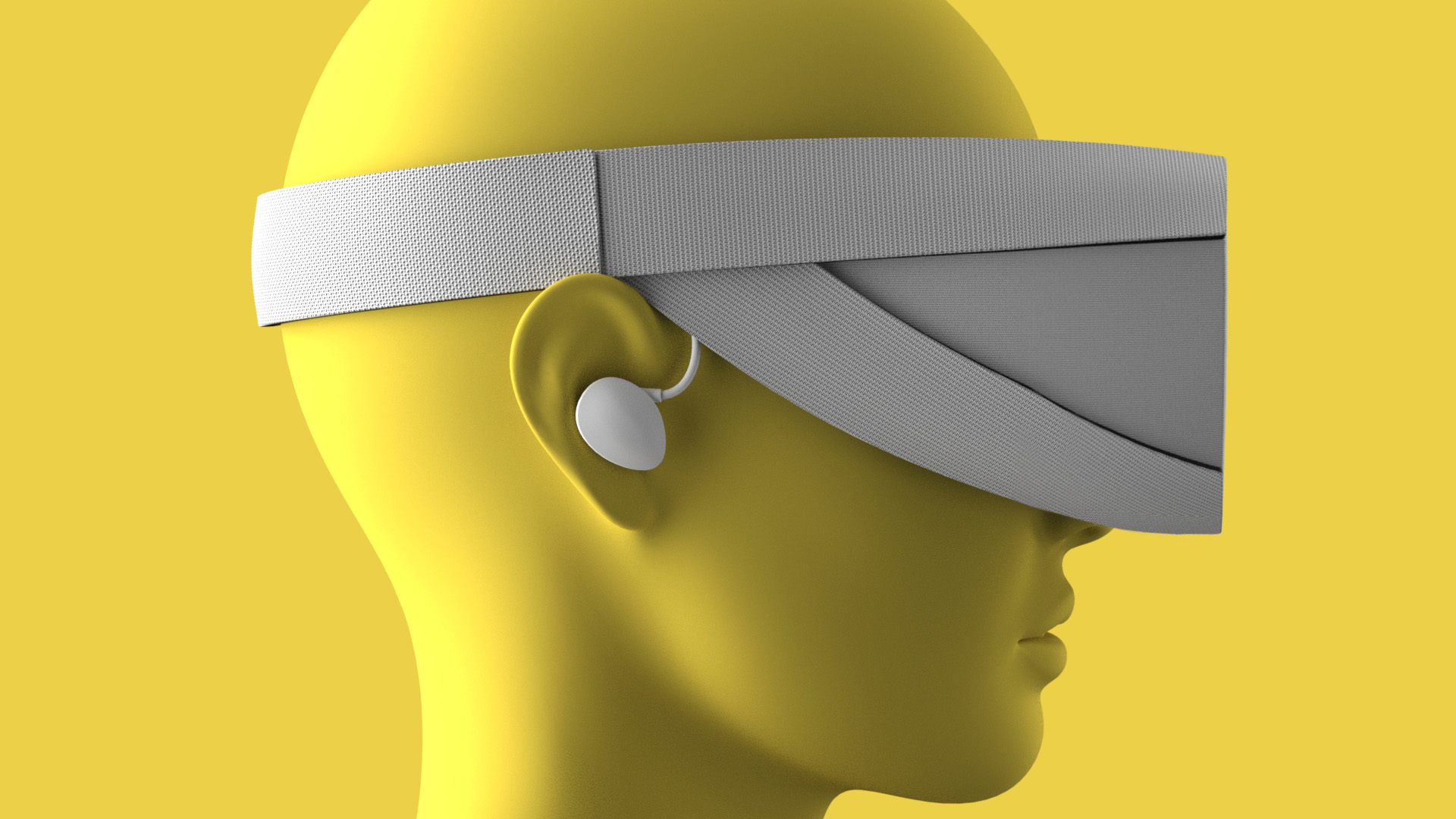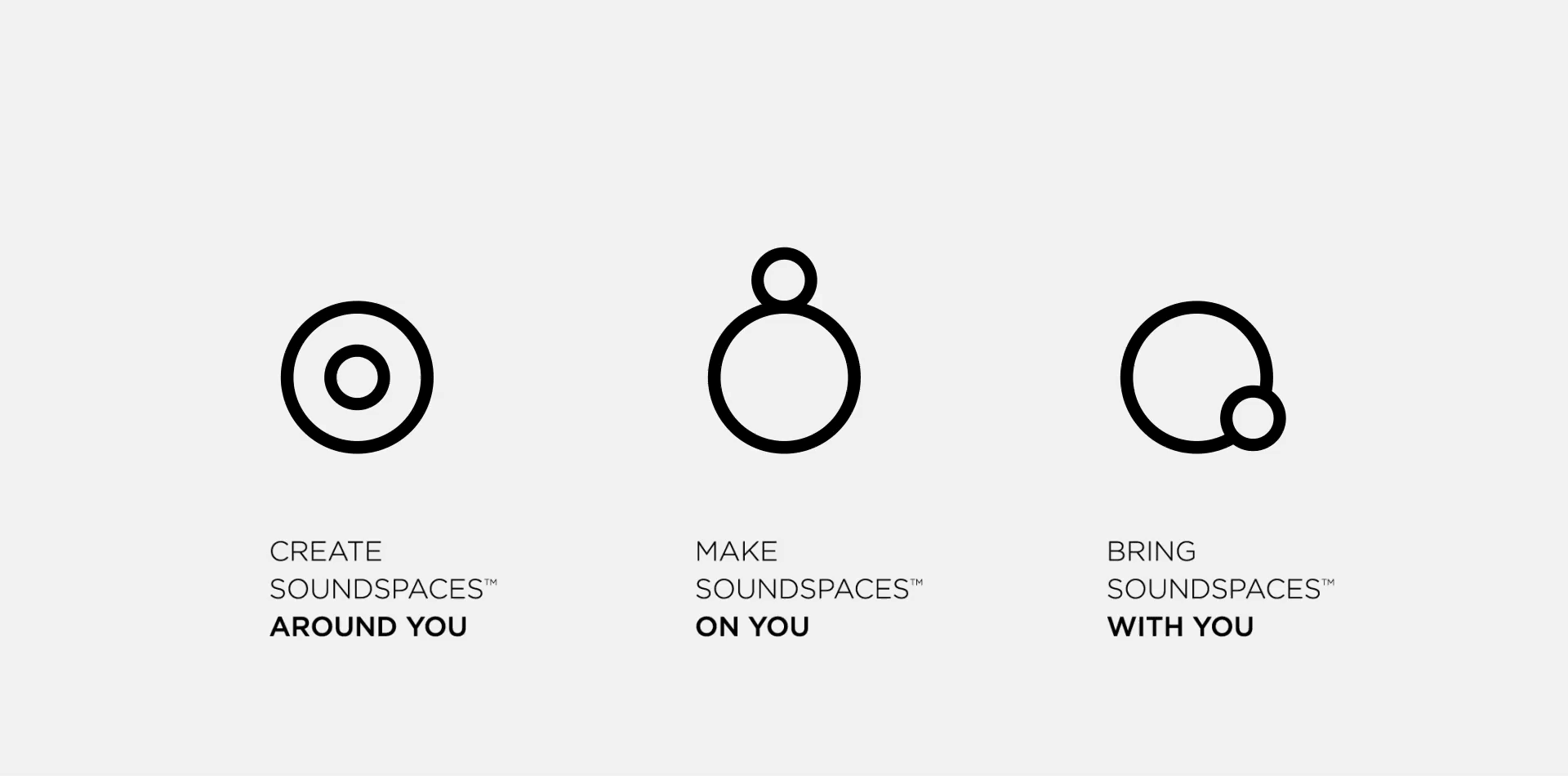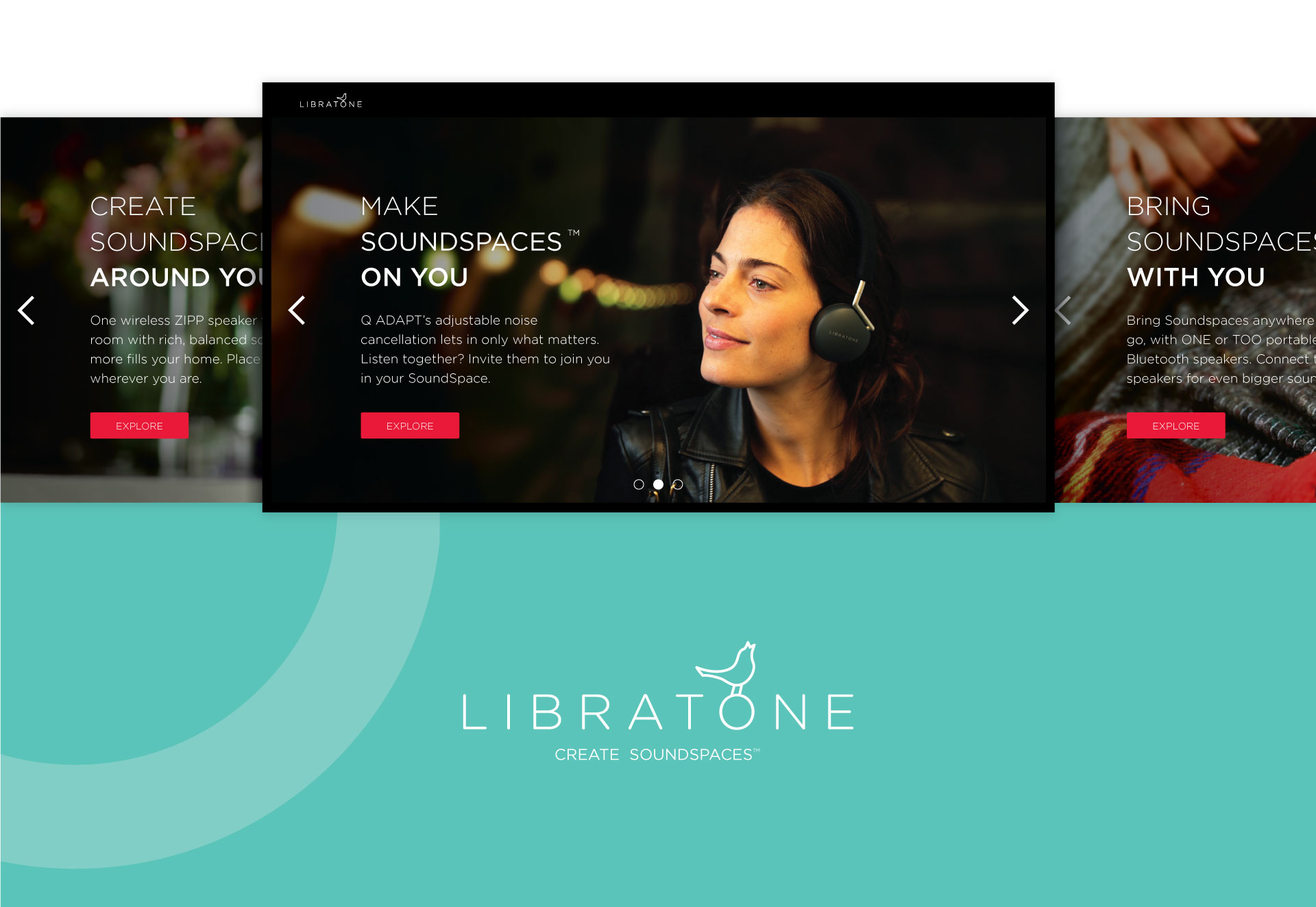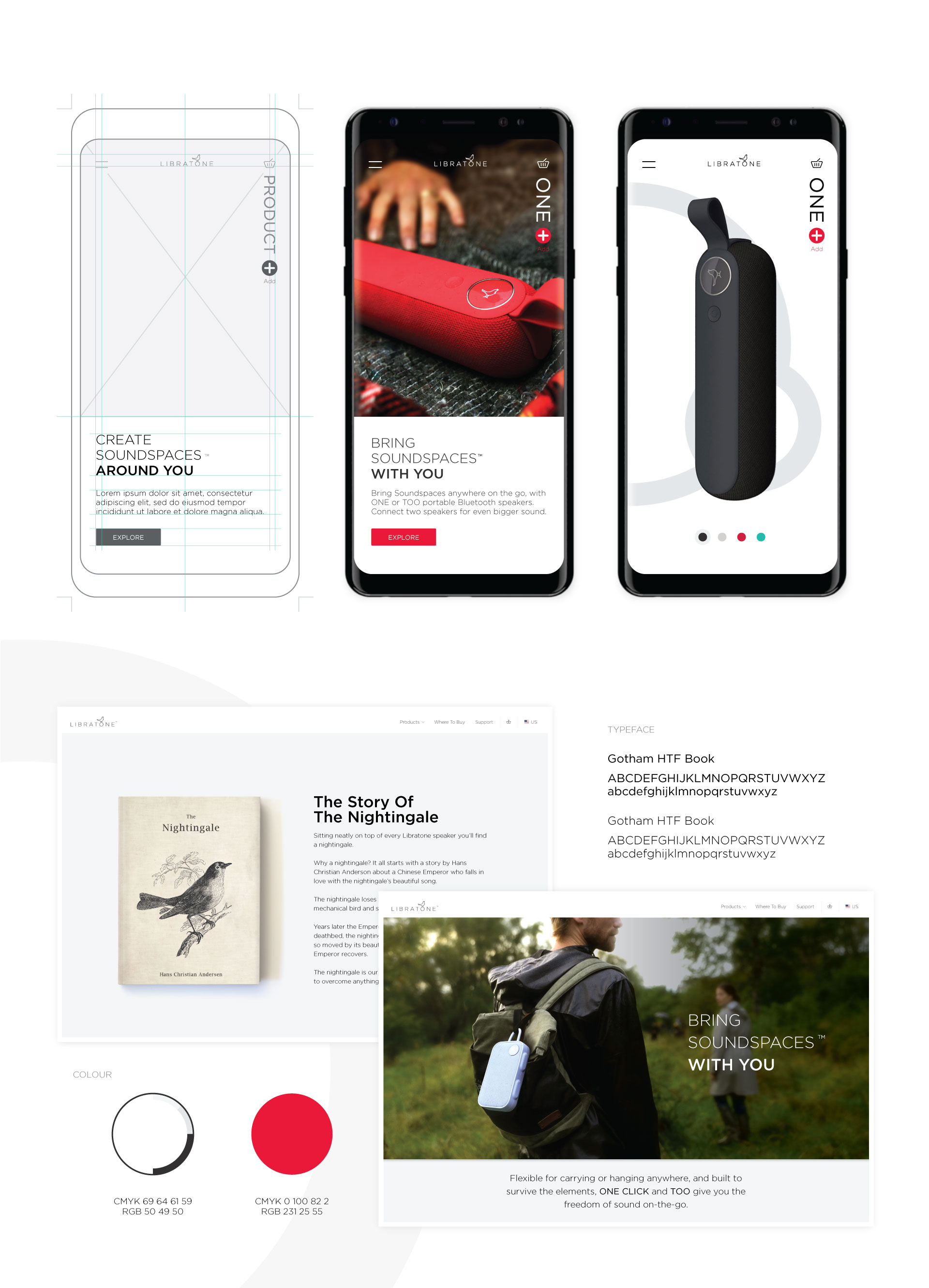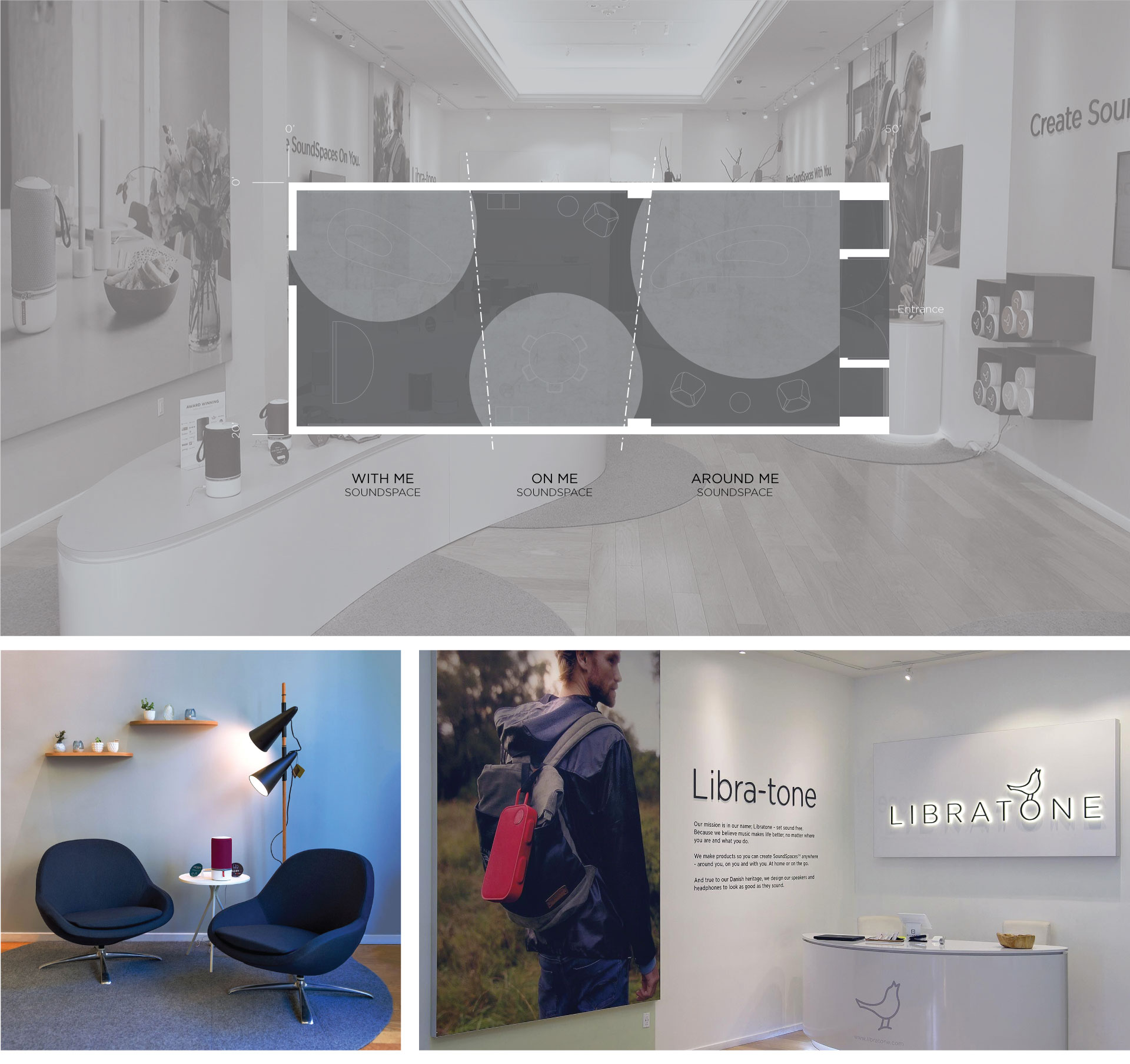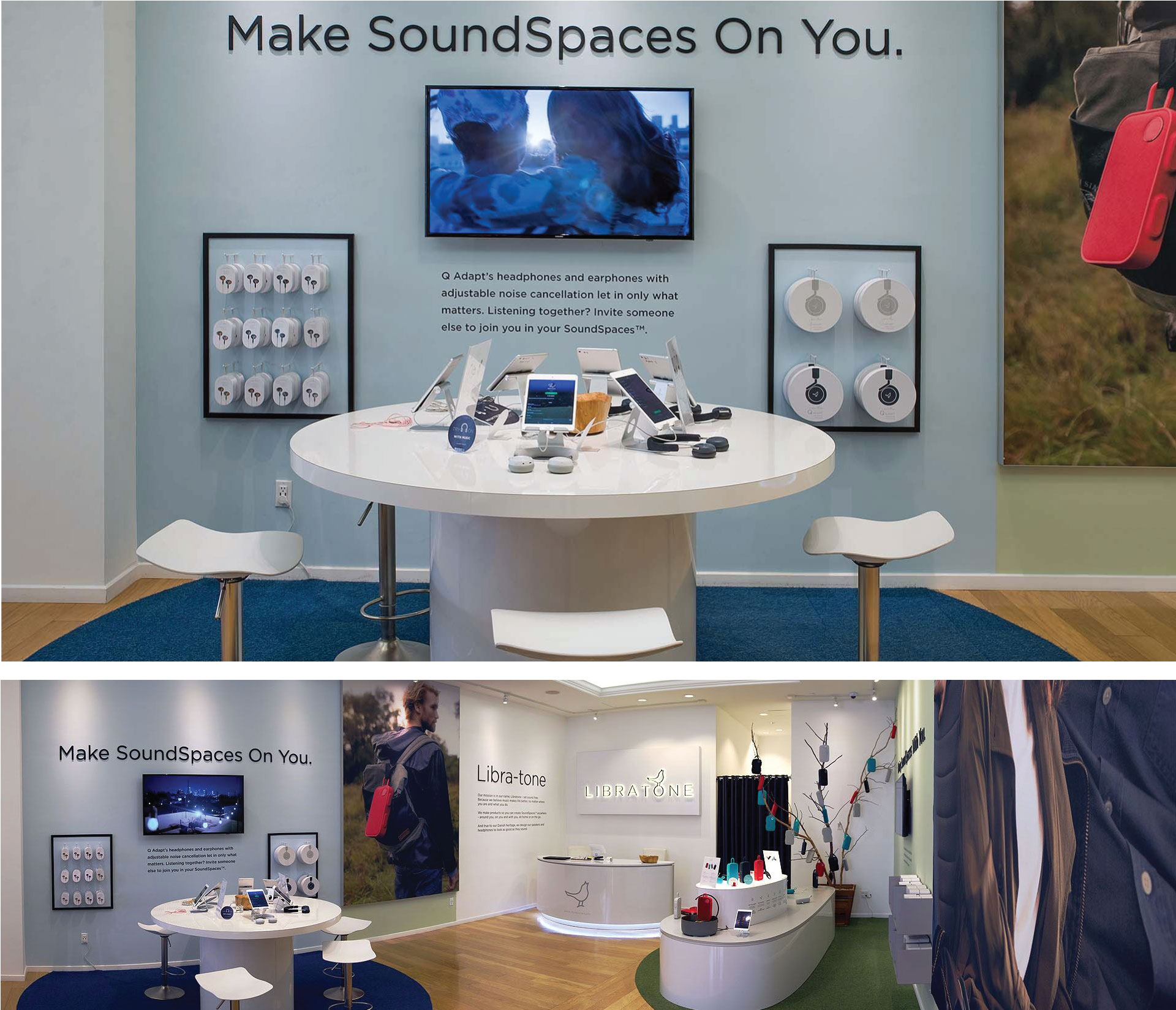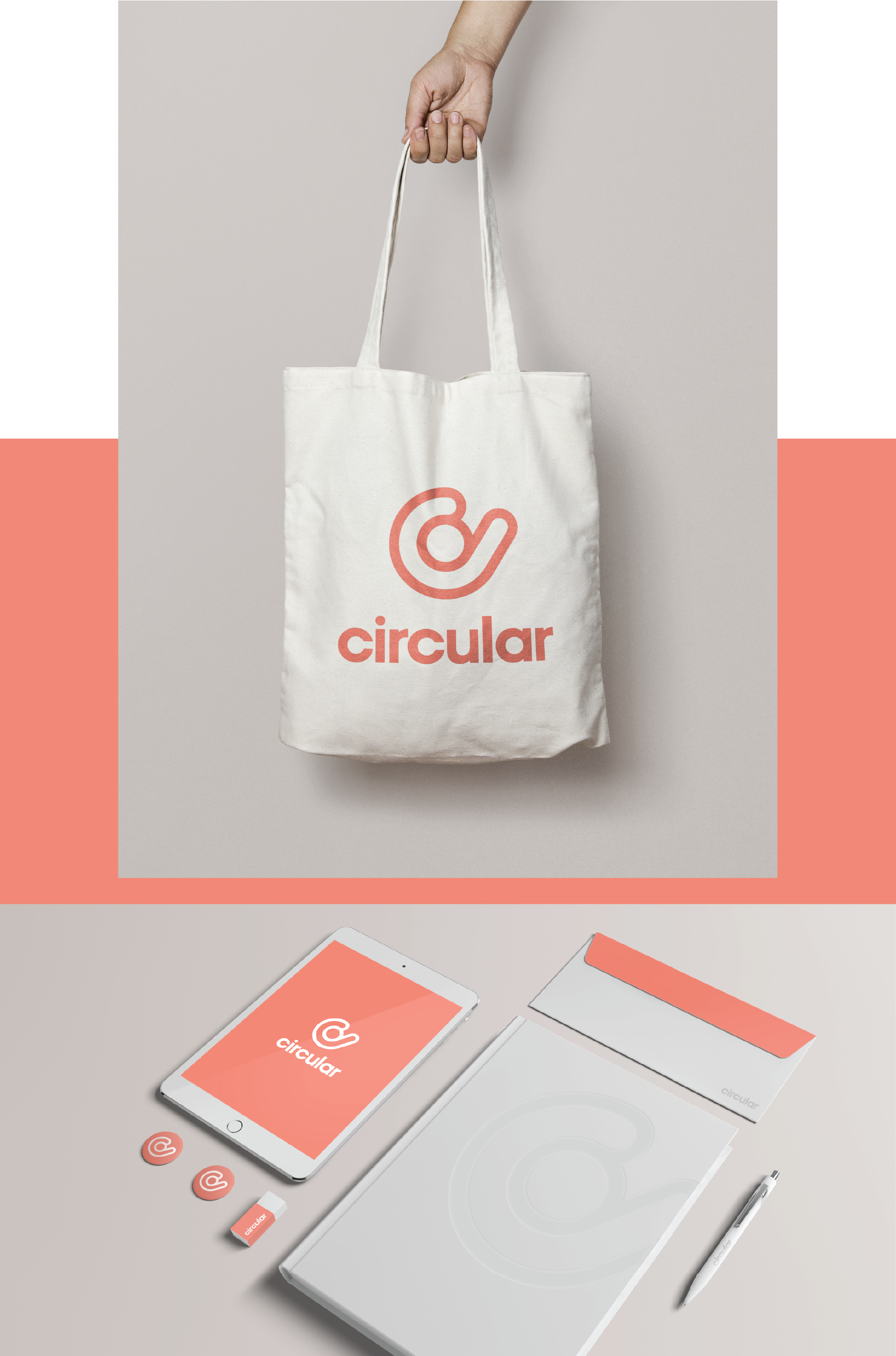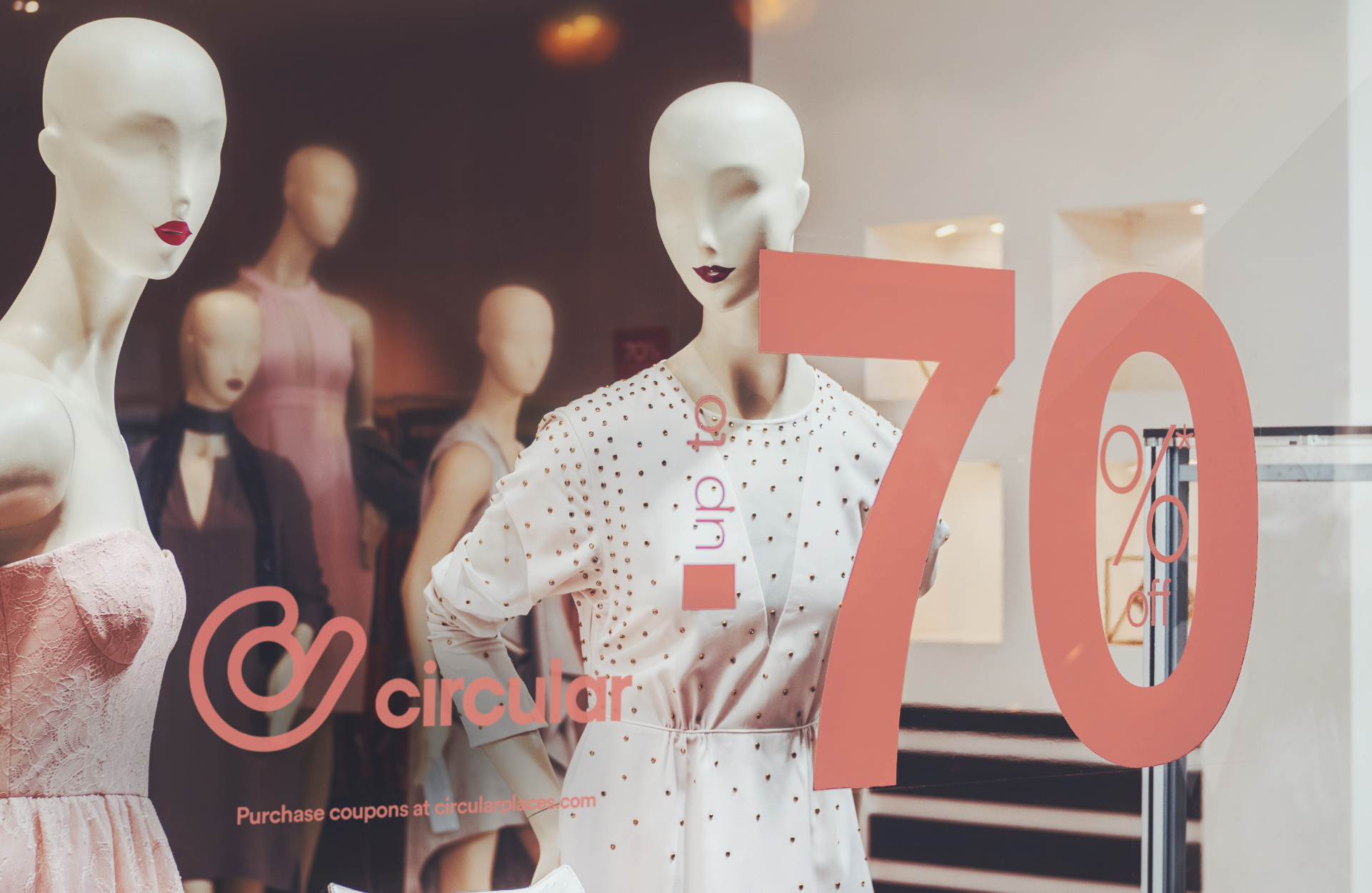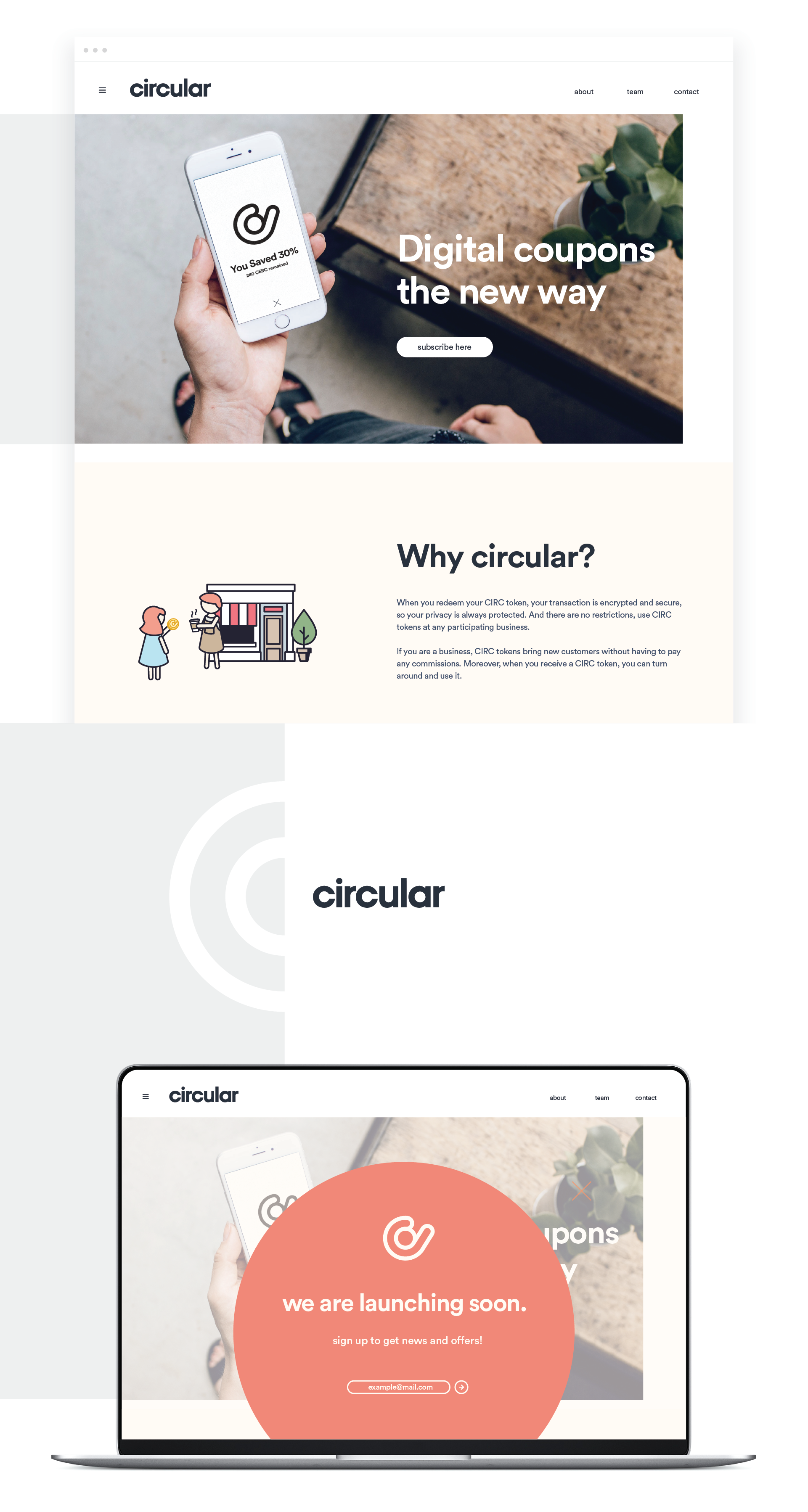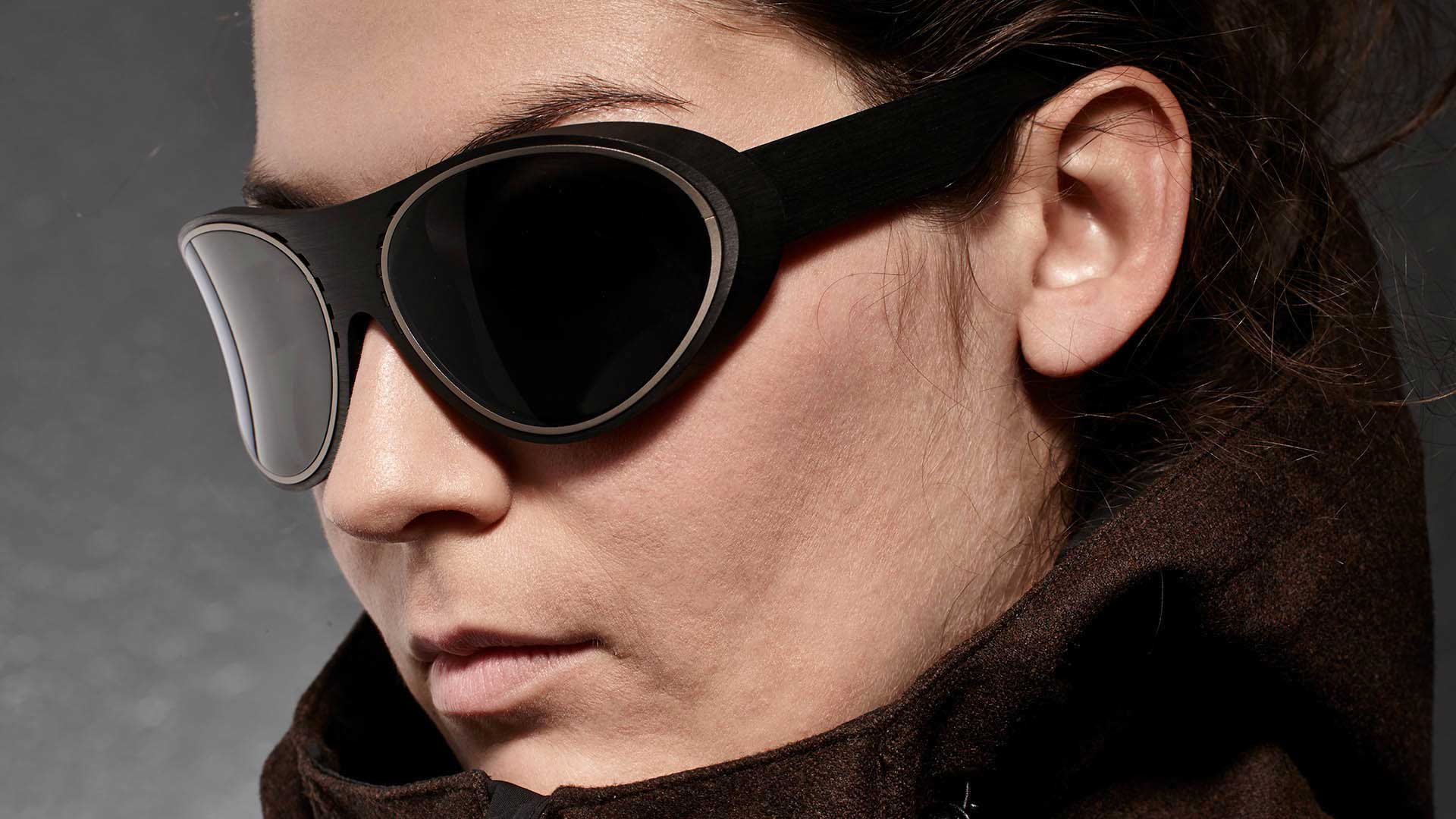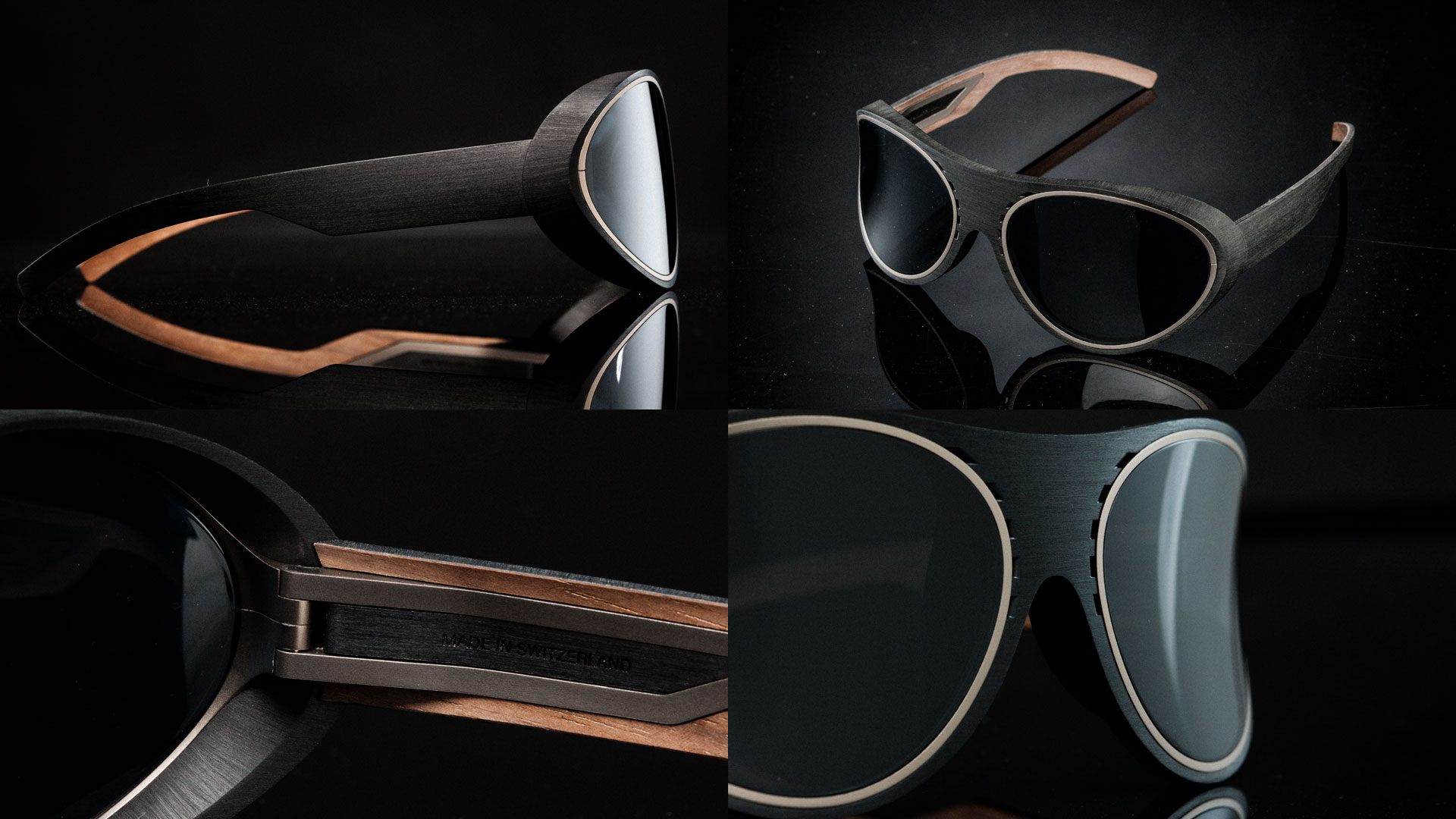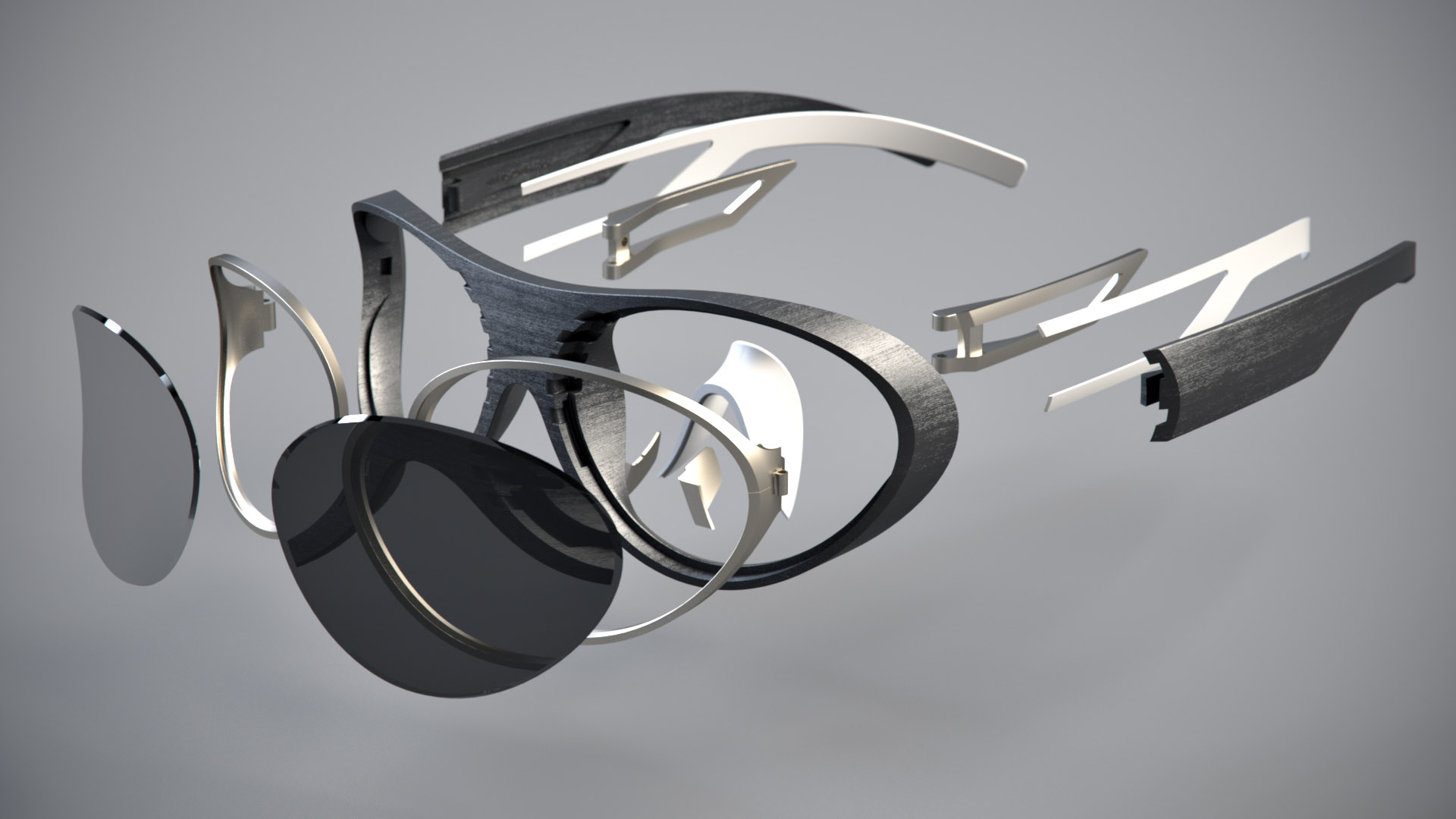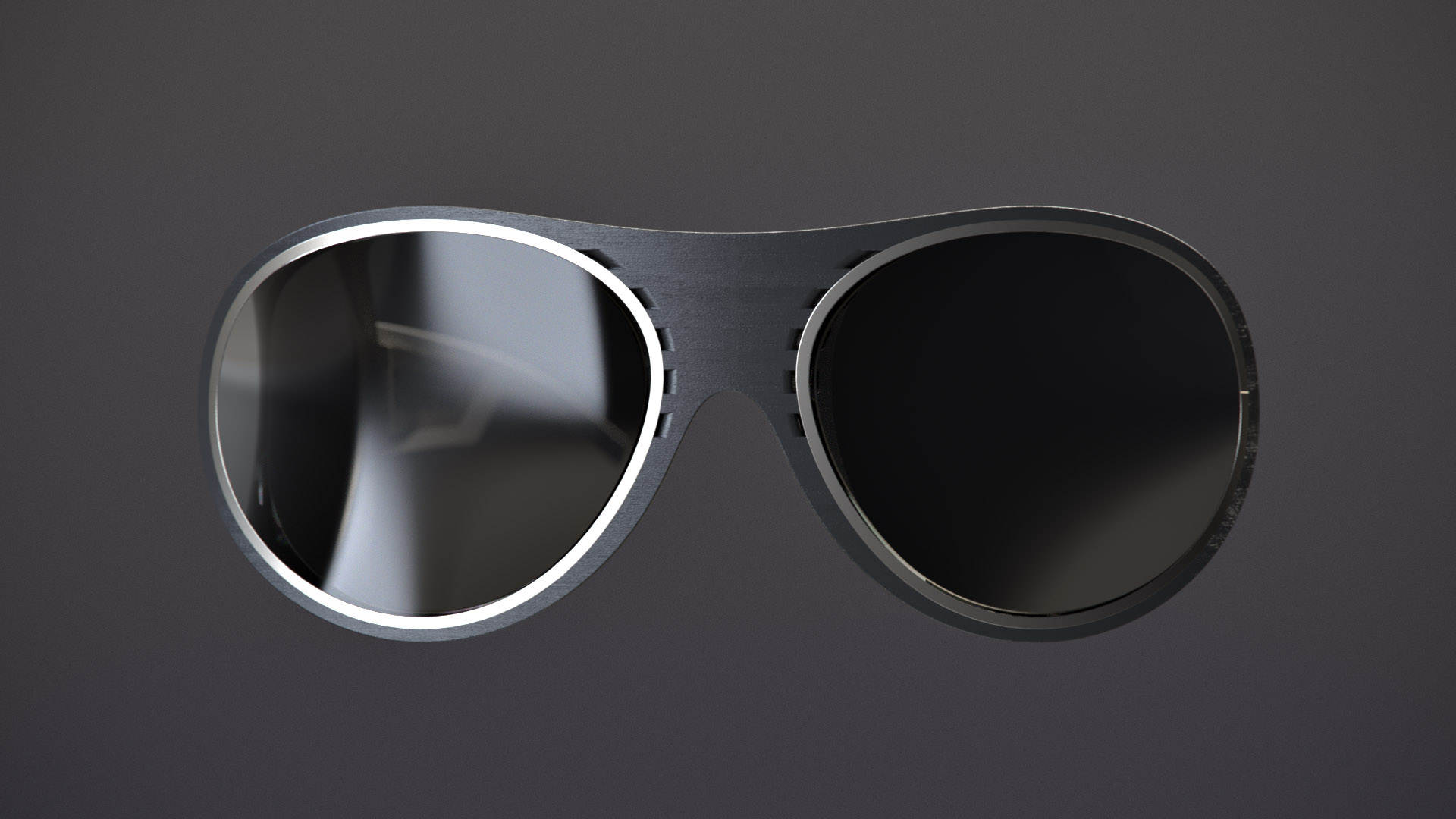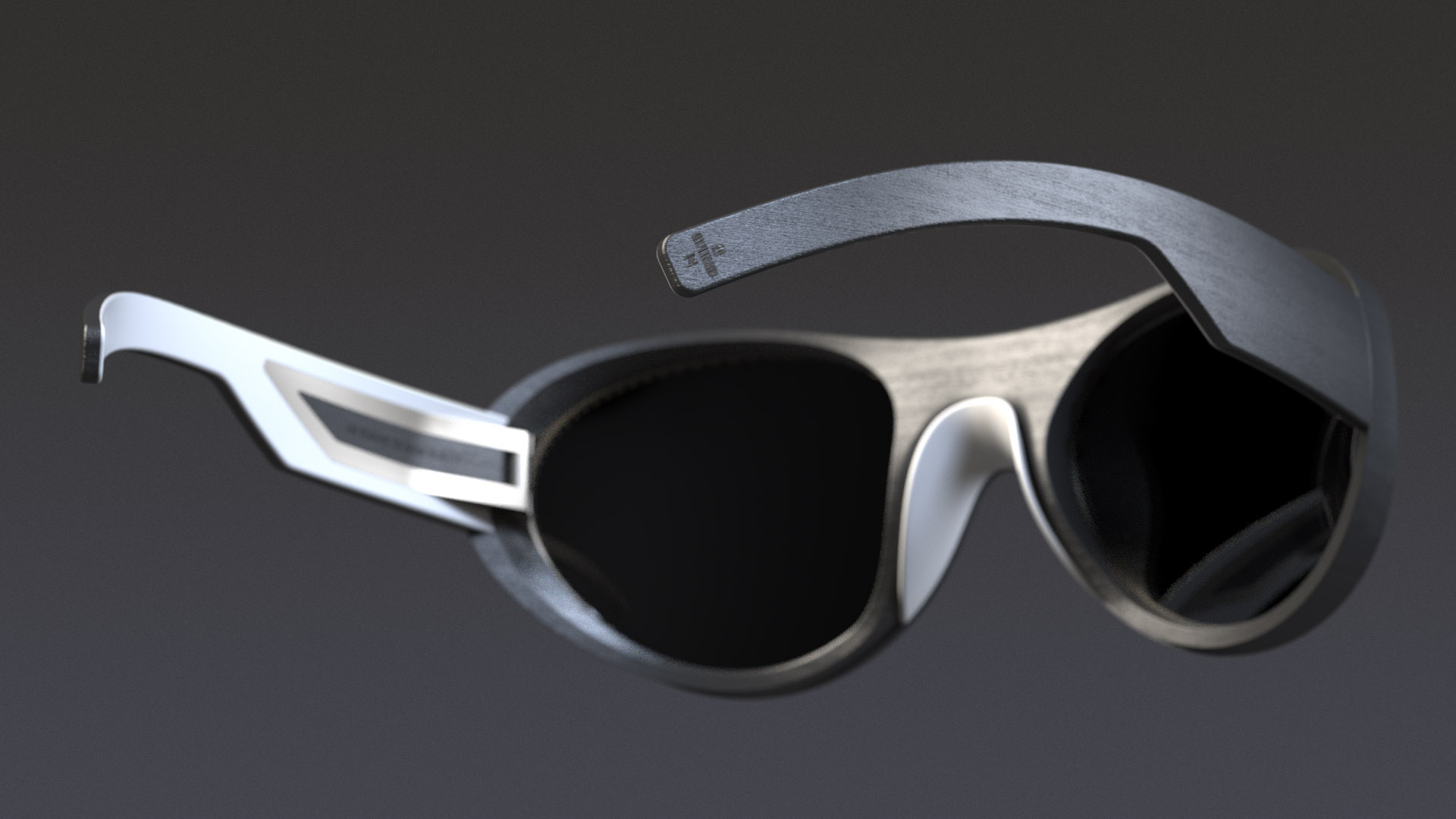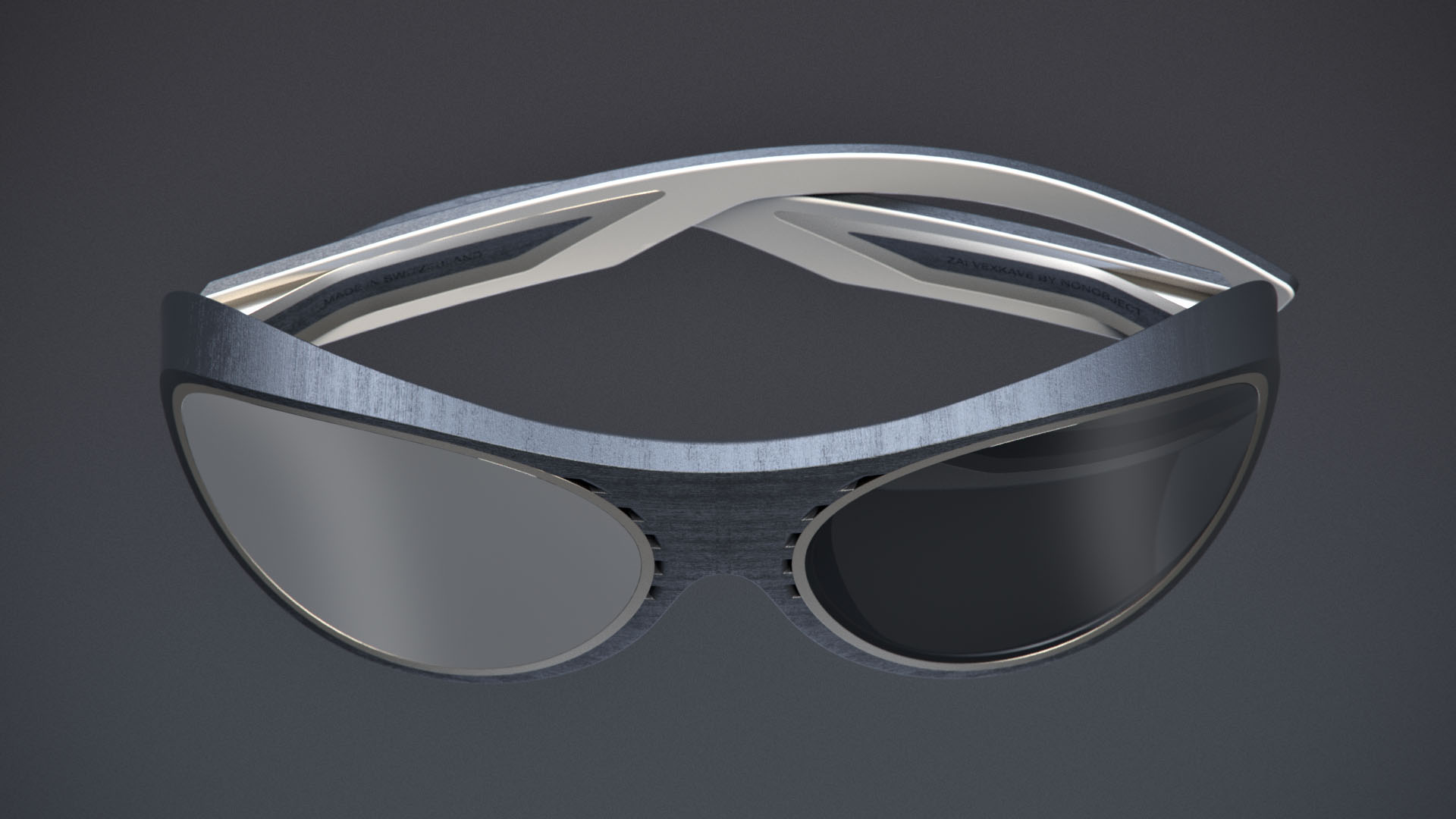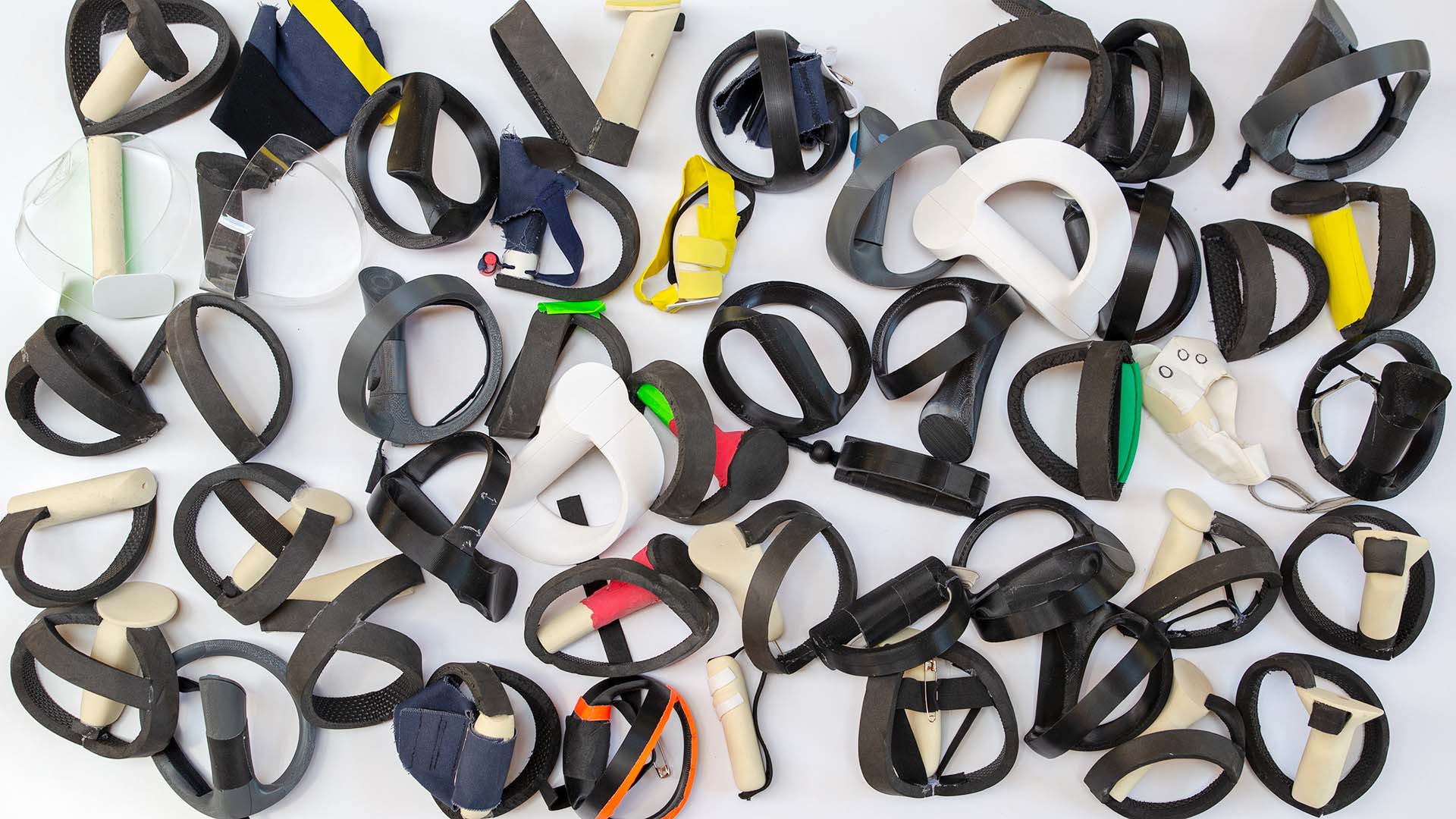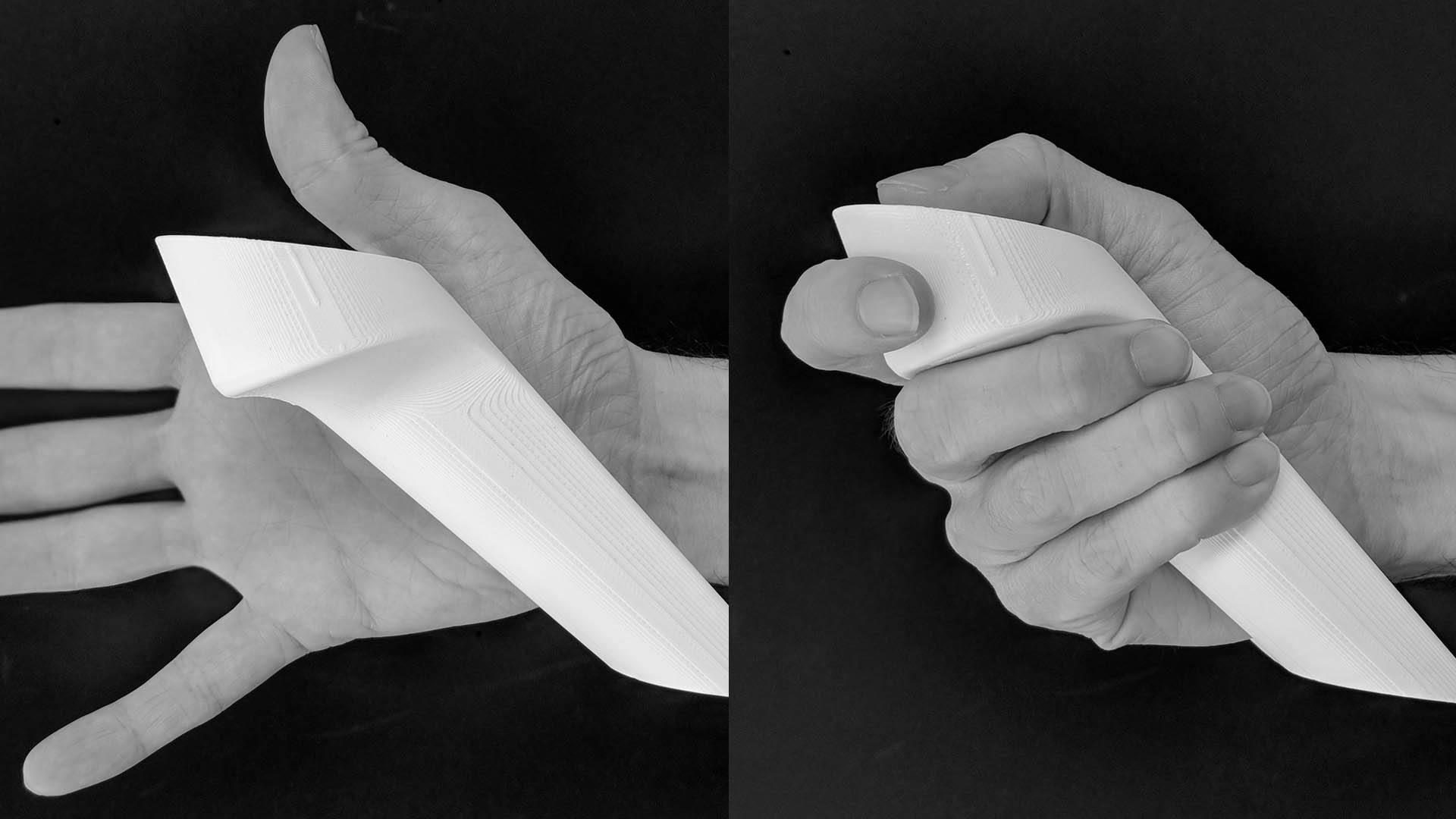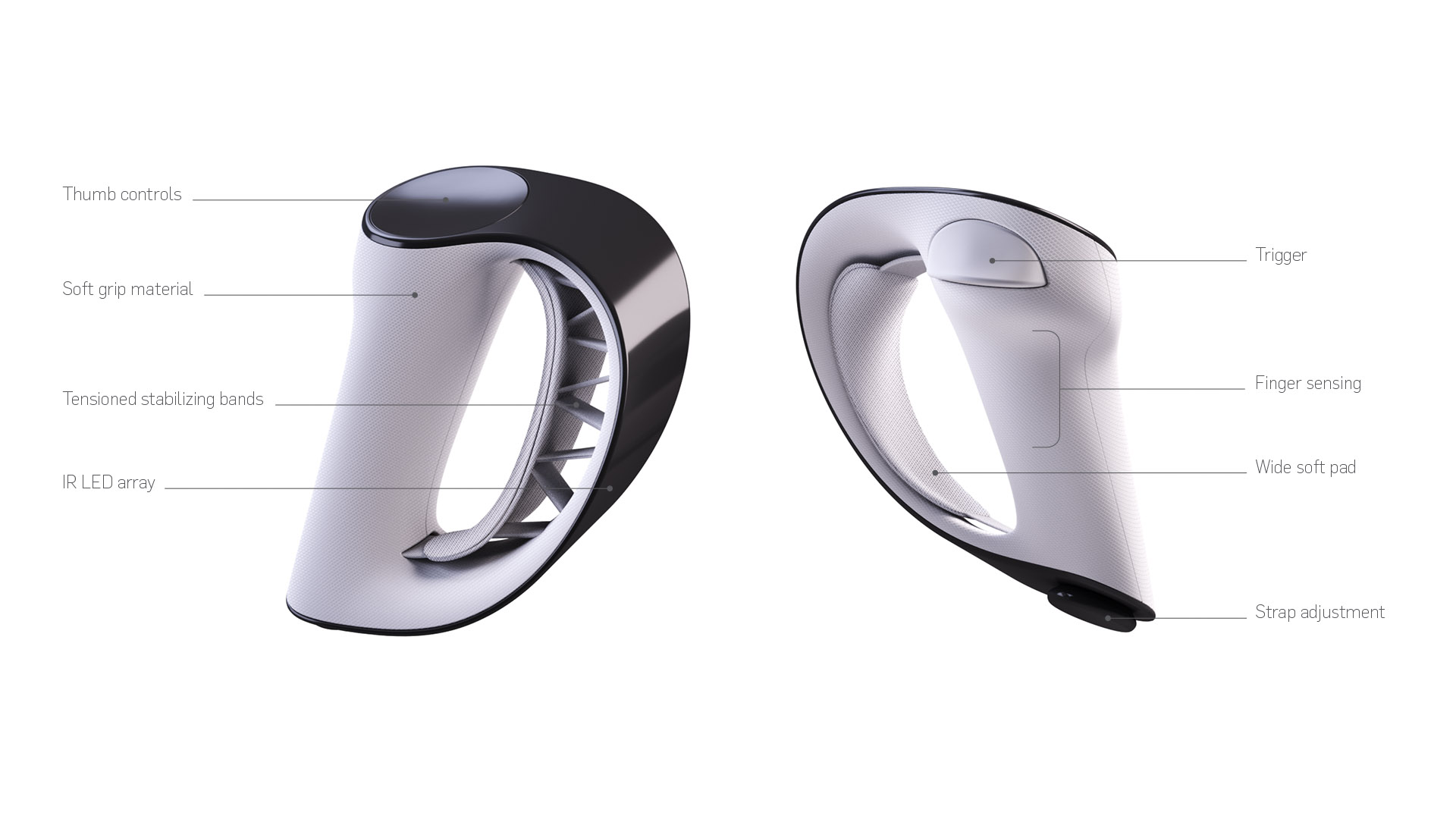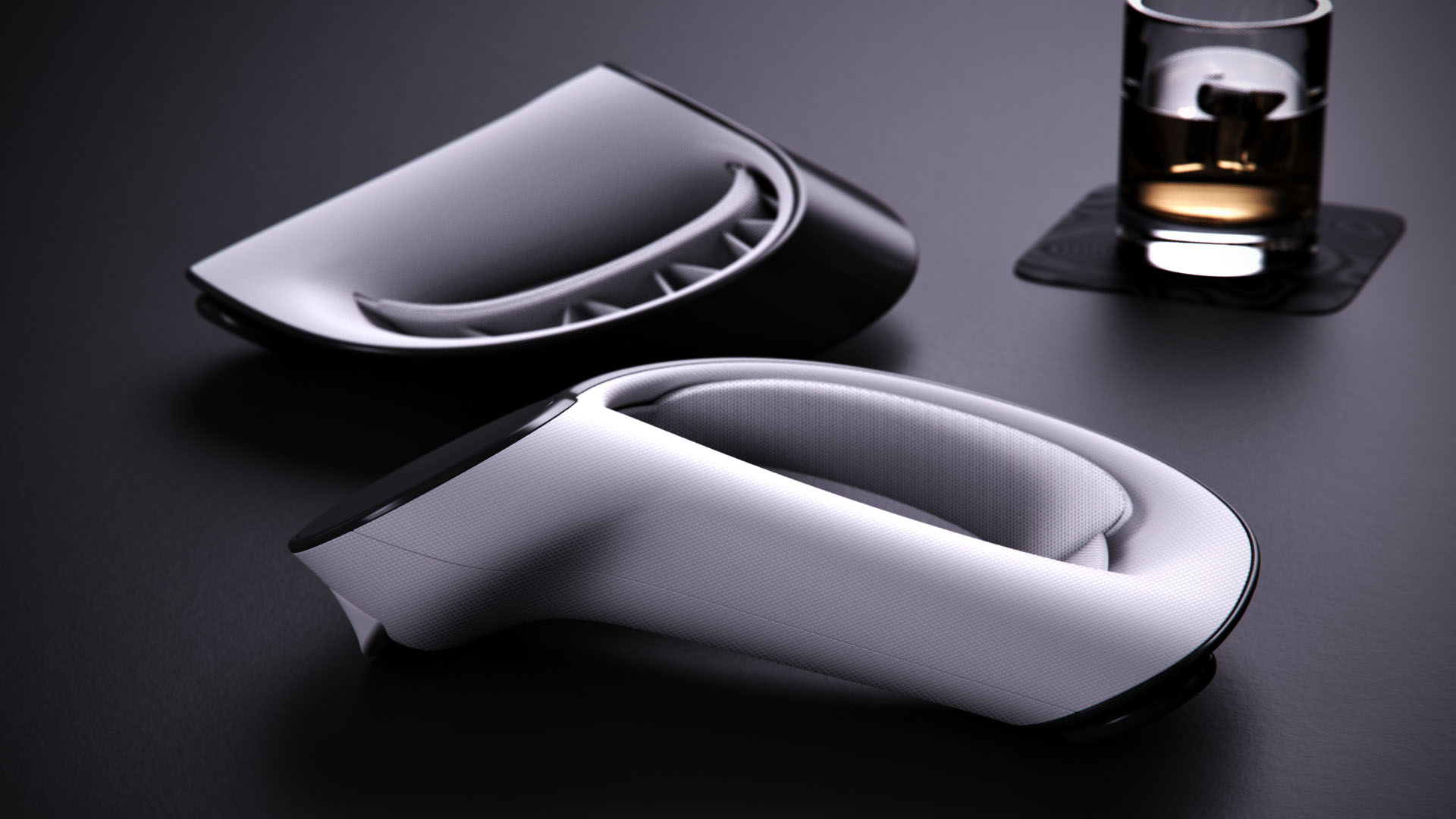With hardware designs that provoke and inspire, Project Air brings VR hardware from tech gadgets to wearables
The VR experiences of today still has a long way to go to encourage mainstream adoption. Beyond technical constraints, there is a dearth of content that goes beyond meaningless experiences. But even if the technical constraints and lack of content were resolved tomorrow, there would still be issues with the user experience. And that is our focus in Project Air. We set out to create the most comfortable VR experience possible. FastCo deems the result “quietly revolutionary”.

Comfortable, intuitive and easy – and cool too
Just like the name implies, a wearable is something we actually wear. We don’t attach it or strap on, we just intuitively put it on and wear it, without prior knowledge or instructions. No one needs instructions for how to put on ski goggles or a watch. We want to achieve that same level of simplicity. And because VR is still a shared experience with headsets and controls passed around between family members or friends, we need something that is easy to put on and take off. And if we’re going to wear it, we’d like it to be cool too.
Airhead is a supremely comfortable, intuitive and easy to use VR headset. Wearing it feels cool, not like having something strapped to your face and head. Designed to be platform agnostic, it can be tethered or untethered. And because we don’t wear just one shirt for all uses, or one tool for everything we want to create, this is not one design – it’s four.
Avoiding VR face
If you wear the current VR headsets on the market for an hour, they become very uncomfortable and leave you with VR face. When technology evolves to reduce weight this will be less of an issue, but Project Air uses current technology and weight constraints to see what design can do to alleviate the pressure you feel when you wear a VR headset today.
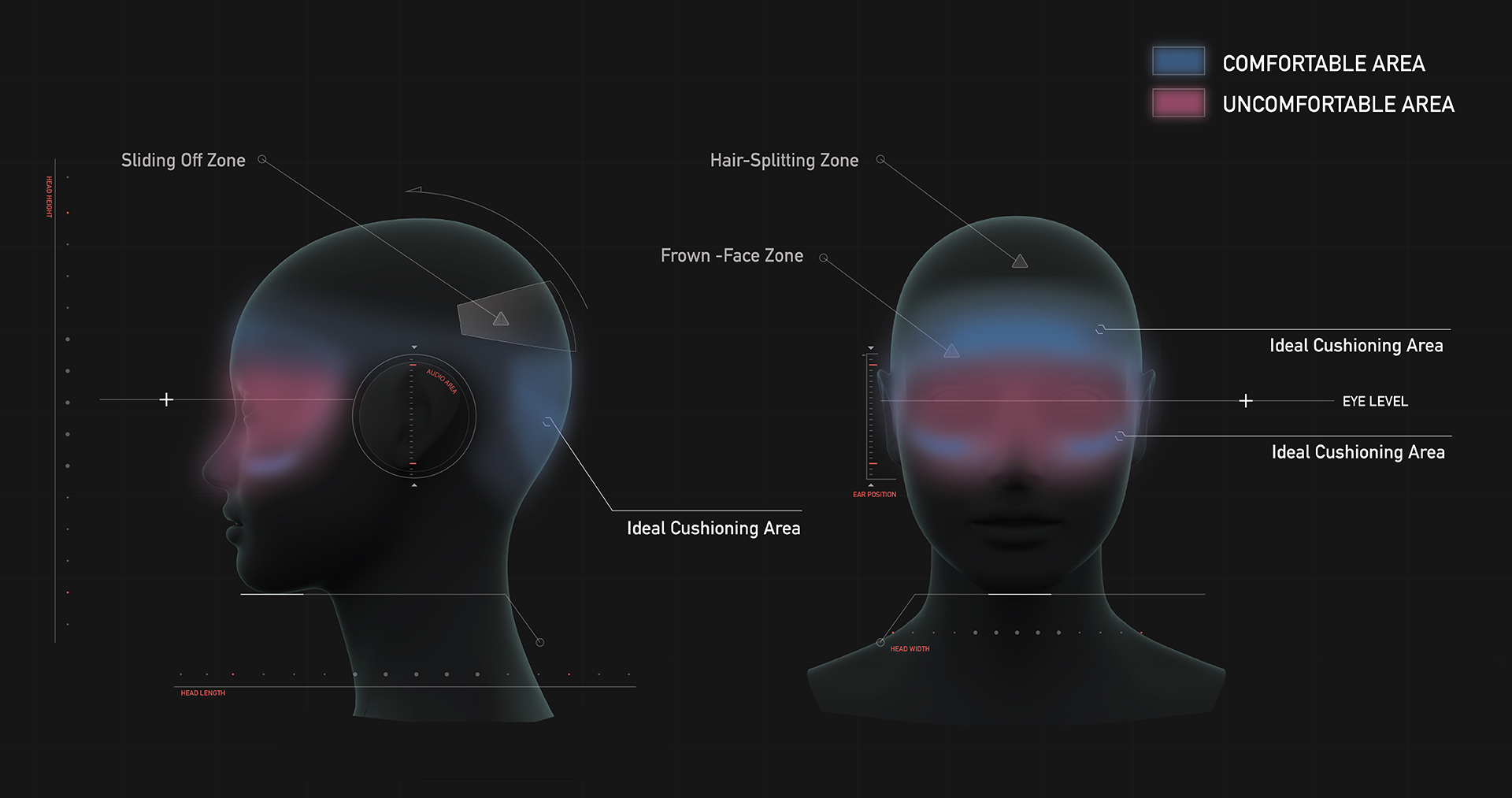
Based on our experiments to understand what can be done, we’ve found that the biggest pain point is around the cheek area. If more of the pressure is distributed on and above the forehead, there is more control over how the weight gets distributed over the areas of contact, and many problems can be alleviated.
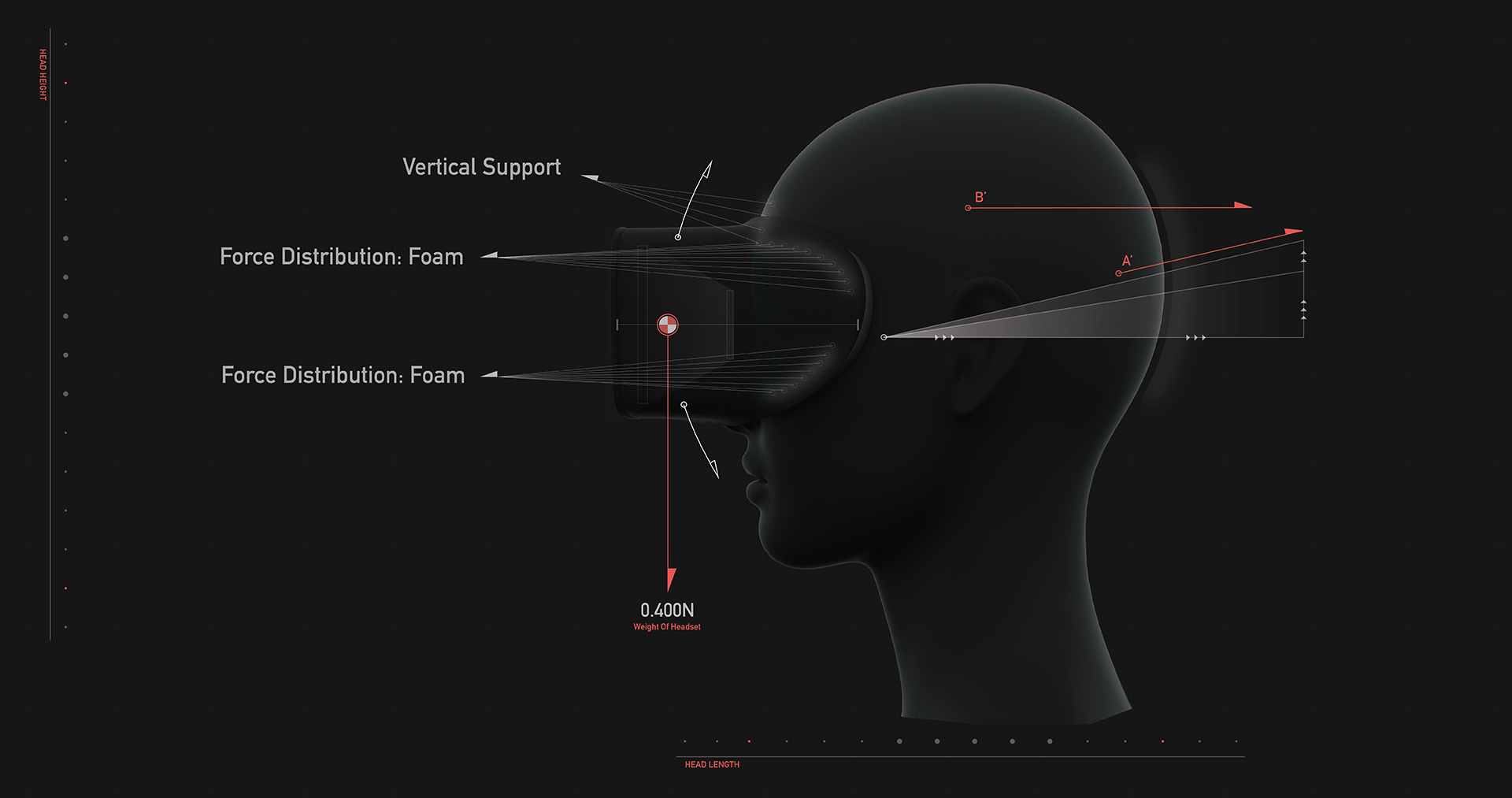
The Airhead designs distribute the forces above the brow by either having a support structure around the crown of the head, or through controls that allows differential adjusting of the top and bottom surface pressures of the headset.
Heading out
When we think about how to push the adoption of VR, it’s really about bringing it out of the living room or home office where it is currently resides, and into places that could really benefit from richer, more meaningful experiences.
Imagine it being used at an office, where VR could allow people to create and explore in new ways, free from distraction. You could also think of opportunities like virtual training, or perhaps demonstrating new products in a meeting. VR could also transform the way we think about going to the gym. What if the arcade of tomorrow is actually us going to a gym? While riding exercise bikes or running on a treadmill you could be transported into another world while getting exercise. You could also think about making completely new experiences; like allowing artists to create digitally and transform spaces into something magical, allowing the rest of us to experience art in entirely new ways.
VR could, of course, always be used at home, but rather than having a device that cuts you off from the world, what if it could be turned into something we experience with family and friends?
The most popular wearable
The most difficult area to tackle is open public places. By creating something that is familiar and approachable, the stigma for wearing virtual or mixed reality devices in public is reduced.
When we think about comfort, we want to think about not only physical comfort, but emotional comfort as well. By creating something familiar, we can introduce VR to the rest of us; people who wouldn’t want to put some techy black box on their face. Using a hat geometry results in something supremely comfortable, it distributes forces far more evenly than a few straps that converge at the back of the head.



One band two adjustment points
When it comes to ease of use, a single band is easier than multiple; the problem is that the current single band headsets only work well for a small set of people. By splitting the band toward the front and allowing people to differentially adjust the top and bottom pressures, you can create a comfortable experience for nearly everyone.
This is about creating an easier experience, something closer to putting on a pair of goggles.
Wear it on or off
VR and hair currently don’t mix, so we wanted to rethink the way we put on and take off these headsets. Having this split in the front allows you to quickly and easily get in and out of the VR world without messing up your hair.
The in and out experience of this is so easy that they become closer to a pair of headphones than anything; you could even rest them around your neck, just like you would with a pair of headphones. As VR becomes a part of our daily lives, perhaps these are the “eyephones” of tomorrow.


Slipping on your headset
When we think about where we want VR to go in the future, the immediate reaction is to think of a pair of glasses. With Spect, we wanted to see how close we can get to this experience when utilizing today’s technology.
The result is one of the easiest experiences, especially when thinking about passing this around to multiple people. You just put it on like a pair of glasses and the sprung temples will adapt to any size of head automatically, no adjustment necessary. The large pads that grasp the back of the head make for a headset that is very comfortable.
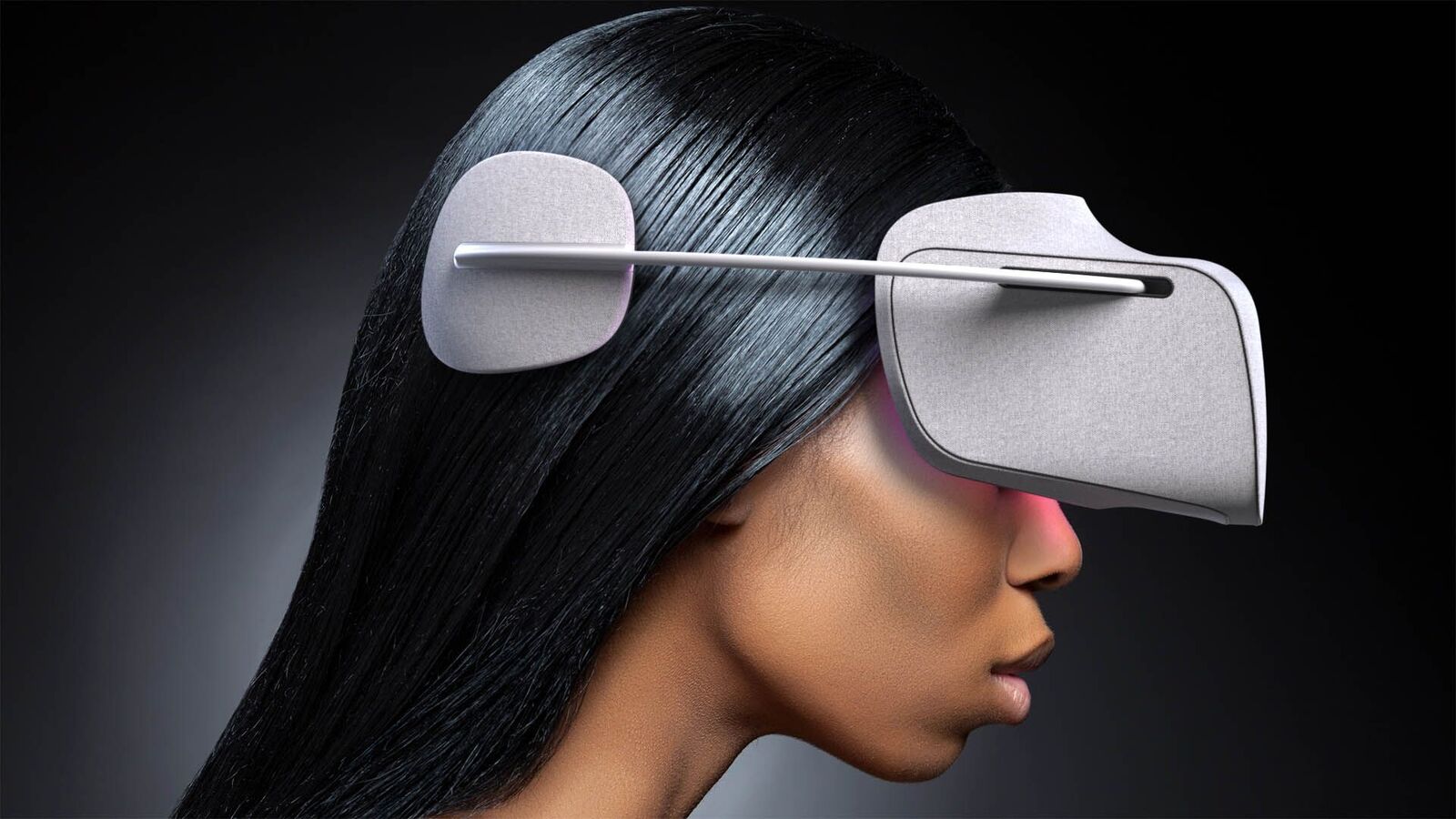
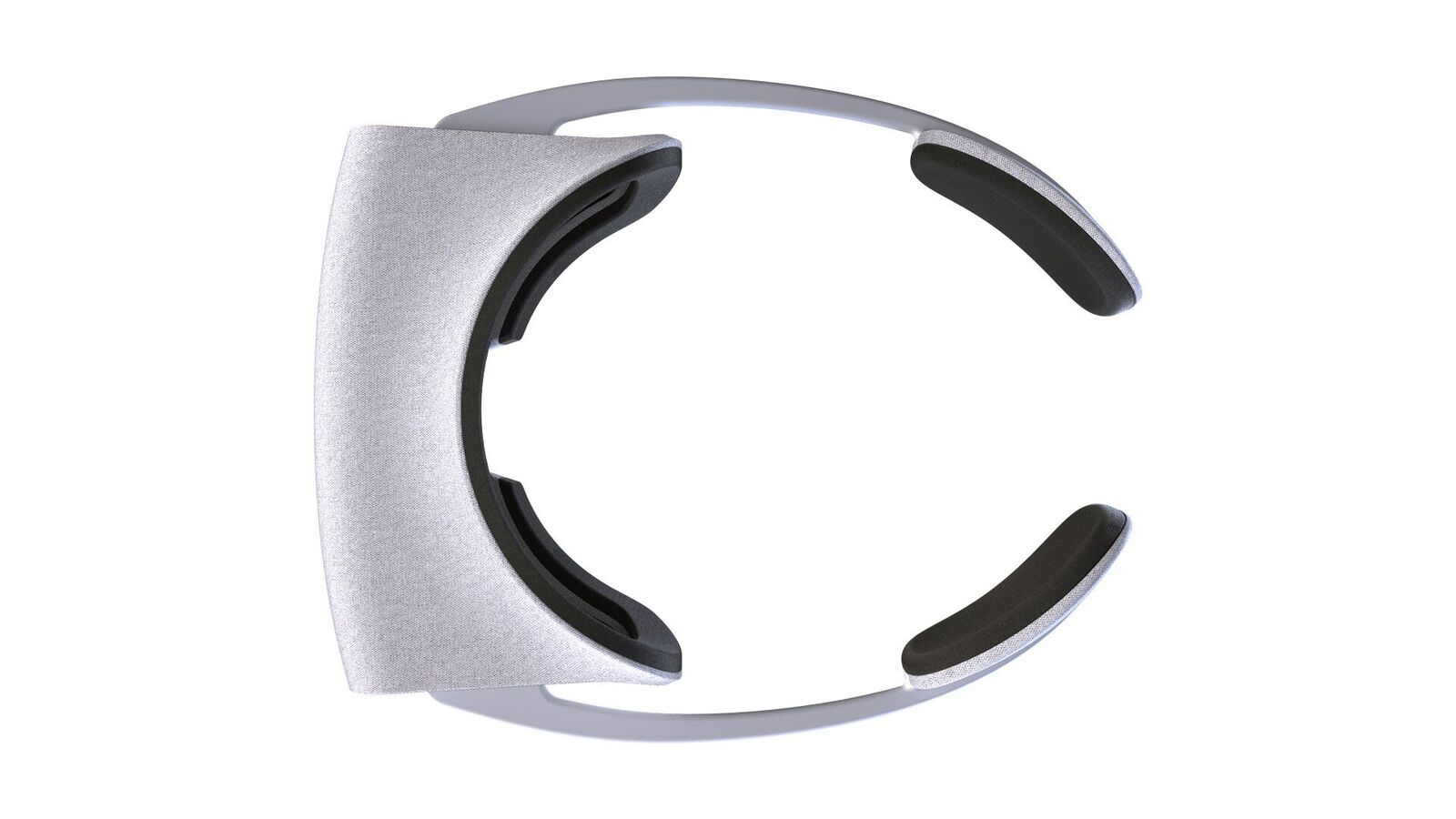
Visually comfortable
Serene is a direct counter to the current paradigm of putting black boxes on the face. We wanted to make something that felt more at home being passed among family members in the living room rather than be locked in one of the back rooms.

Serene uses a semi-soft band that rests around the crown of the head and the headset is suspended so there is very little pressure on the cheeks.
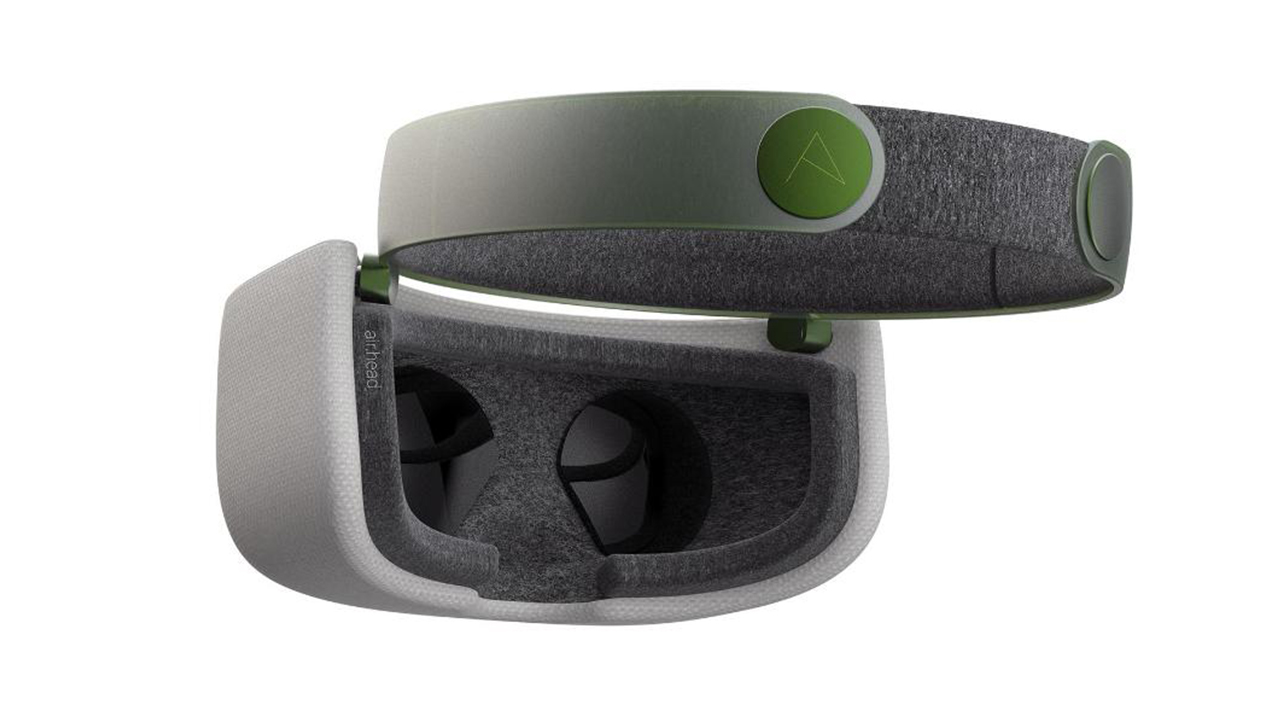
Rethinking interaction
Ultimately, we don’t just experience VR with our eyes and ears, so Project Air also tackled controllers that enable entirely new possibilities for interaction.
The current VR hardware paradigm borrows what we are familiar with from gaming. The goal of Project Air was to bring what’s familiar from reality into VR. We created two interaction tools for this, one focused on gaming, and one that takes virtual reality beyond the world of gaming.
The frisbee test
More interactions than we realize involve us being able to open our hands and letting go. This is virtually impossible with today’s controllers. The Project Air controllers were derived from how want to interact and worked backwards. The frisbee test became our go-to, to help us quickly assess a controller’s ultimate usability.
Purposely not a “gun trigger” model like most other controllers, the Project Air controller is focused more on a grasping and holding and allowing open hand interaction. At the core of this concept is a cinchable strap that fully conforms to the hand and is stabilized by tensioned elastic bands to achieve maximum ergonomic comfort.

Open-hand interaction opens up a whole new world; because of this, we’re beginning to see controllers that have this as a feature, but they are still prototypes that seem clunky and undesigned.
The orbital revolves around the wrist and utilizes inside-out tracking. The balance is moved around the wrist to reduce fatigue. The tensioned bands not only pull the strap back into place, but also add stability so there is no shaky movements when the hand is open. This greatly expands the types of experiences that can be brought into VR.

The controllers can be put on quickly and leave the hands free to put on the headset. Even simple interactions like opening a door are brought closer to reality.
The future of computing
Virtual and mixed reality is not just the future of gaming, it is the future of all things computing.
We created a set of tools that allow you to perform creative tasks in new ways. One is a take on a trackpad that is meant to take what you are familiar with from interacting with your phone into VR. And then an airbrush tool that can be held like a pen, because again, the gaming interaction of having a gun trigger is not really applicable if you want to sculpt or paint.

The trackpad is made to feel comfortable and secure in the hand for longer sessions. The sensor array can be moved to either hand for left or right-hand use.
You can use these tools separately, but it’s when they are used together that they reach what they are truly capable of.

Just as an example, you could have all the controls on the trackpad, like color, brush size, movement of the model leaving the airbrush is free to create. You could also imagine using two trackpads for bringing a plethora of tasks currently constrained to a flat screen into virtual space; video compositing, animation, even spreadsheets can be brought into VR for entirely new and more productive experiences.

Mapping the controller itself with buttons is one approach, but you could also project finger positions anywhere you want in VR so you’re not constantly looking down – the equivalent of re-enabling touch-typing in VR.
Moving into reality
By creating the right tools, what is currently a niche gaming and media platform can be transformed into something that can truly change the way people create. And beyond that, we see this as a path to help take VR mainstream.
